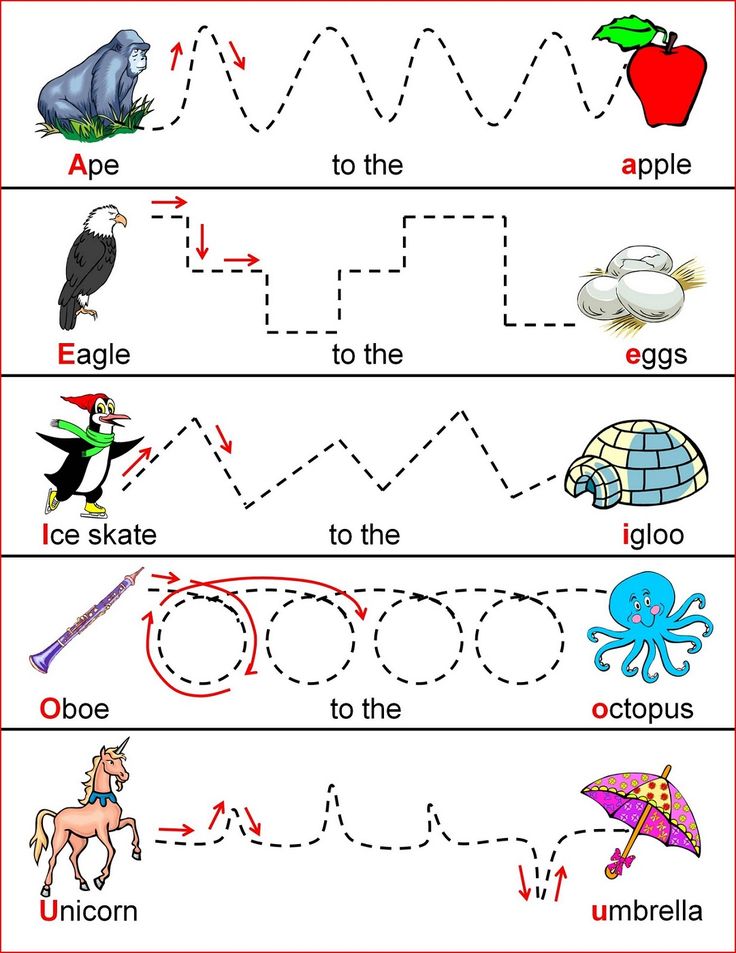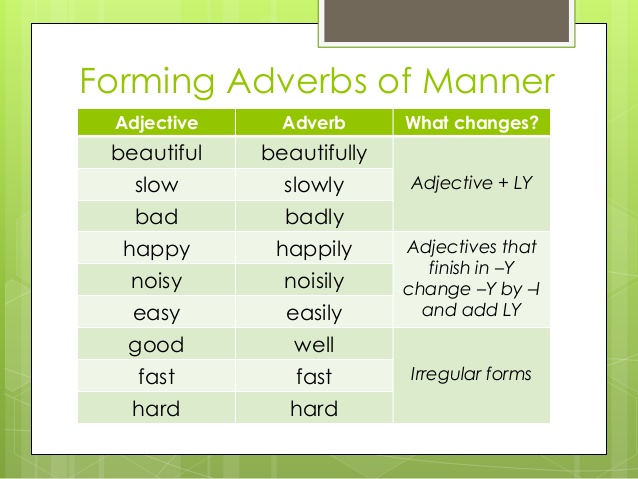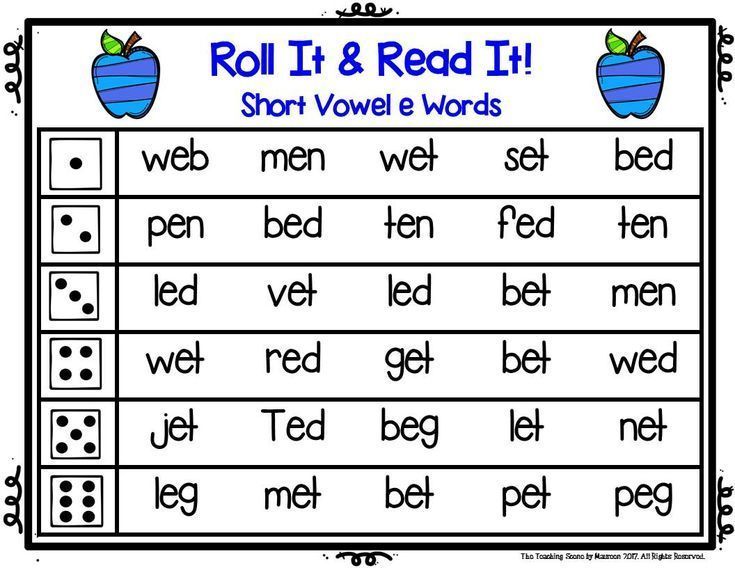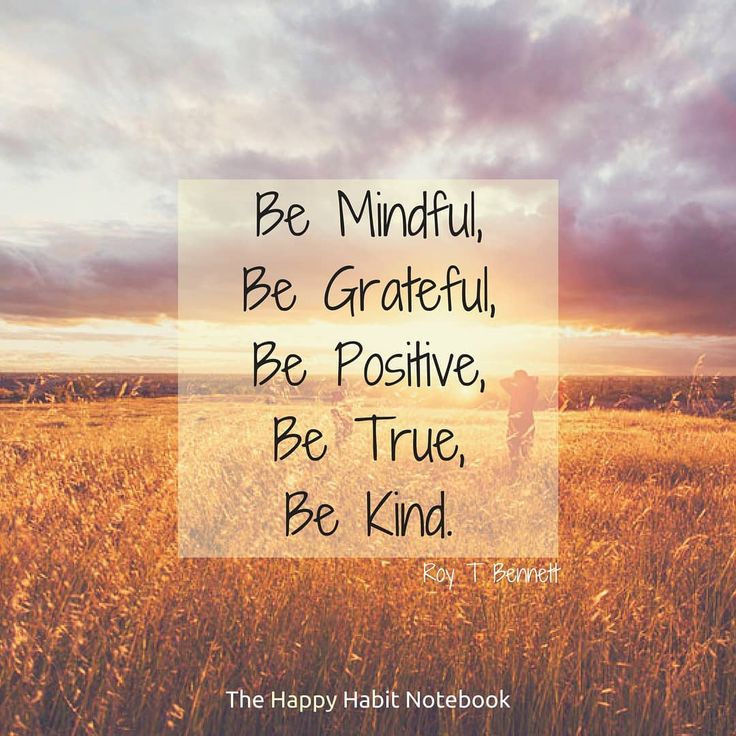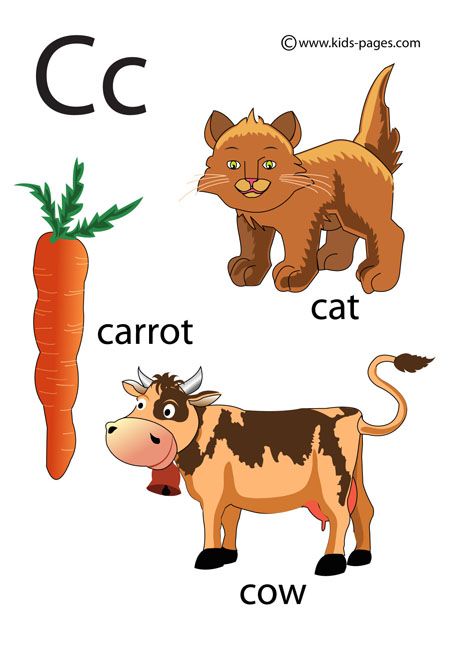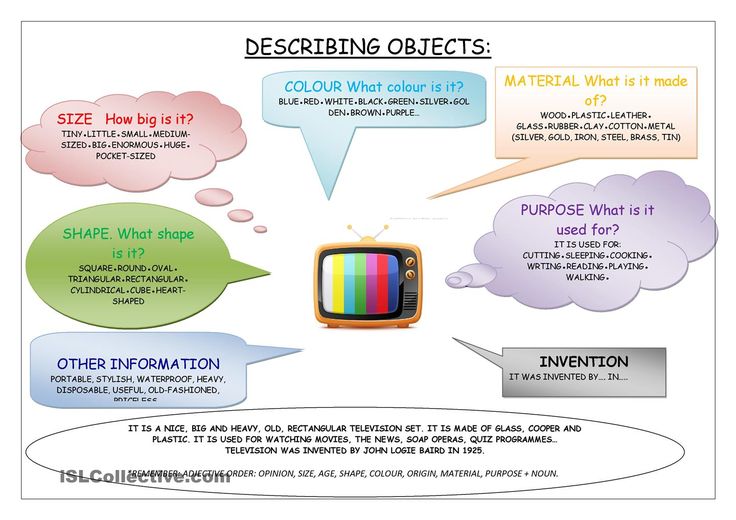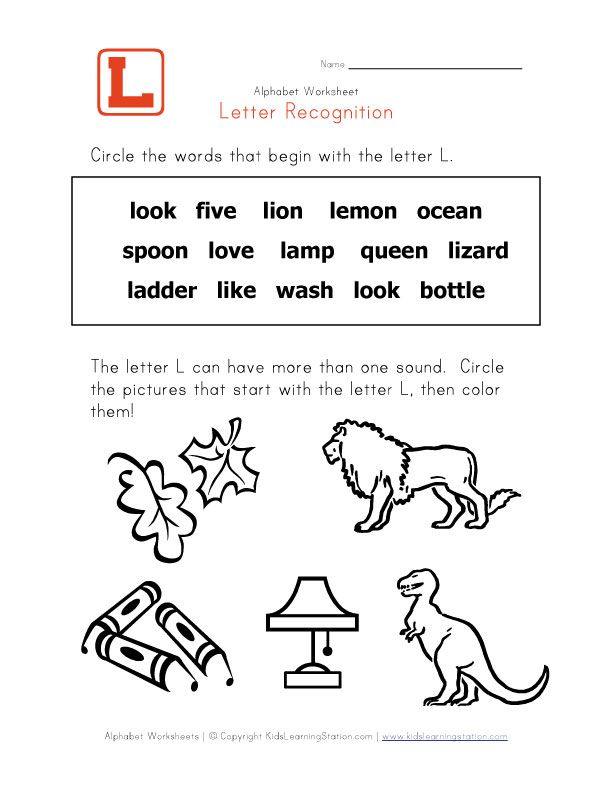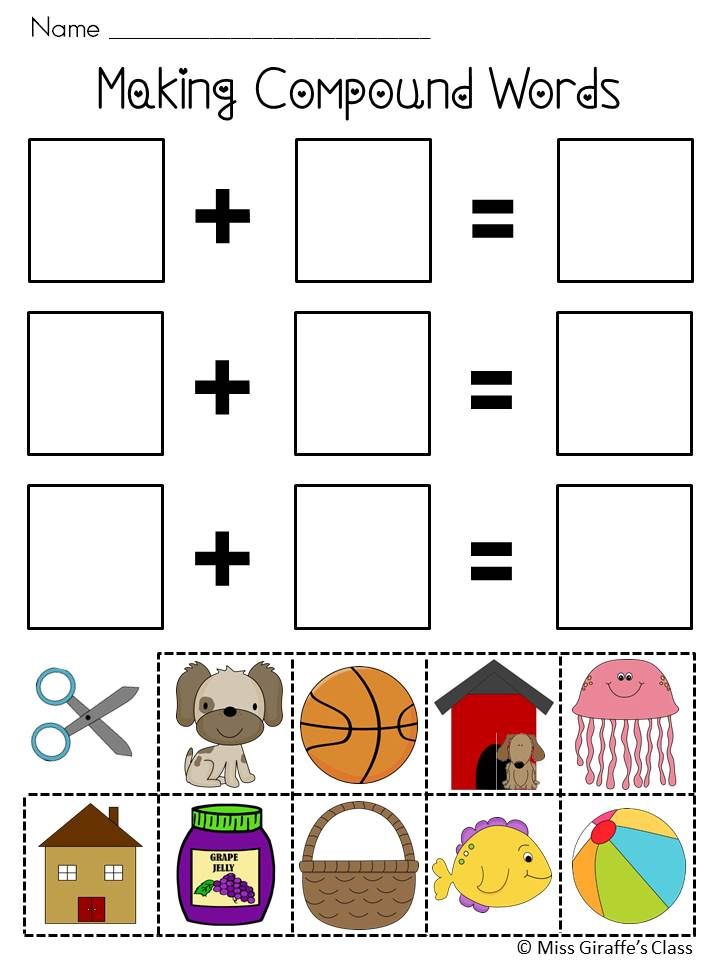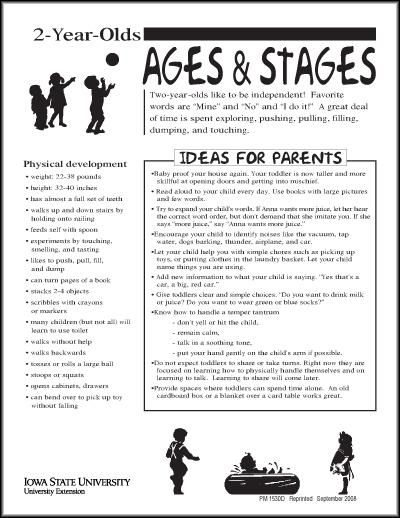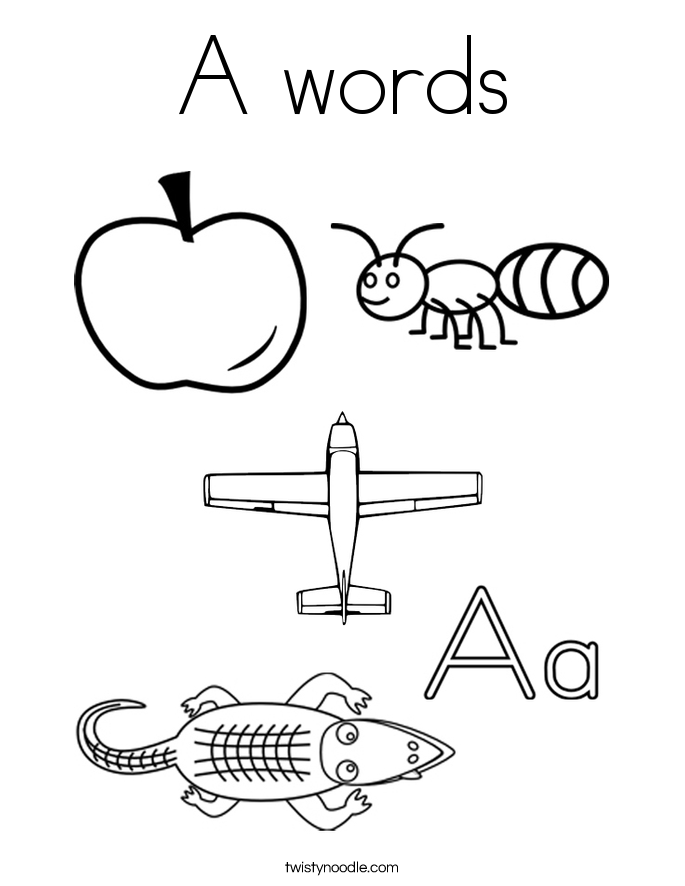Writing games for 5 year olds
Fun Writing Games to Encourage Your Kids to Write
No one ever said that parenting was easy, especially if you’re one of those parents who is struggling with helping their kids with school work. Many children are not fans of writing or any activities that involve writing. Luckily for you, this list is a lot of different and exciting writing games to create a love of writing in your kids so they can write more and have fun doing it.
1. Telephone Pictionary
This game is really engaging and will promote creativity with your children while at the same time pushing them to write. If you have more players it will go better, and all you need is paper and pencils. Every player simply writes a sentence on the paper and passes the paper on. The next player will draw what is represented by the sentence and fold down the paper so only the drawing is visible, then passes the sheet.
The next player will write a sentence that describes the drawing and fold the sheet to keep only their sentence visible. The paper keeps going around in this way until it’s full. Then, all players can compare the original sentence with what happened later for laughs.
2. Story Telling
In this game, you also only need paper and pencils, and all kids will get to write a story together. Onboard, you can write the first sentence of the tale. Then, over the next two minutes, the children will write down the next step of the story. After two minutes, their paper goes to someone else who will continue the story. These papers go around a few times until such time as the story is done. Then, you can enjoy sharing the different and funny stories that were created.
3. Fill in the Blanks
For this game, you need some story sheets with blank spots. According to Rick Steele, an educator at Academized and Ox Essays, “to play, you just have to give the sheet to your child and they will fill in the blanks however they want by using their imagination. Then, you can read the finished story together afterward.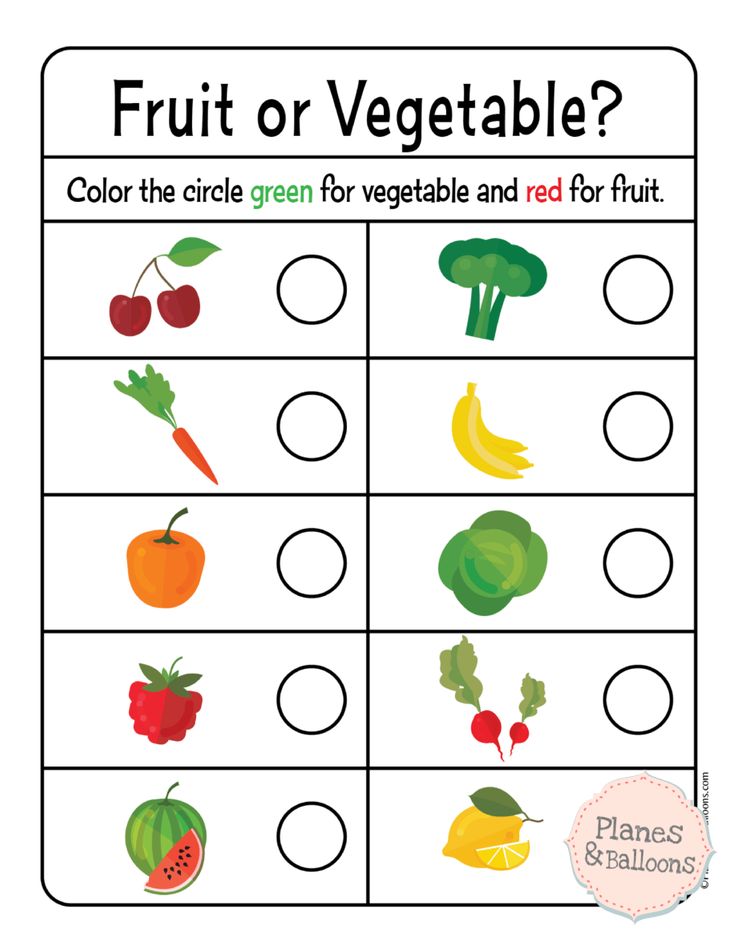 ”
”
It can be difficult to get your children to write if they don’t like it, but there’s a lot of writing games that can make the process more exciting.
4. Birthday Cards
Every time there is a family birthday or special event, or during the holidays, you can get your children to write the birthday card. This will make them speak their thoughts about their family members as well as encouraging them to write in the process.
5.Cursive Name Writing
This game can be exciting to learn to write in cursive. You can take a sheet and fold it in half. Ask your children to write their names in cursive in large script, along the top of the folded crease. They can trace over the writing time and time again, then they can go over the folded piece until they create a mirror image on the other side of the sheet. Then they can cut out their names until the writing looks like a large bug.
6. Challenge for Vocabulary Terms
This game is better for children that can write comfortably and are more than six years old.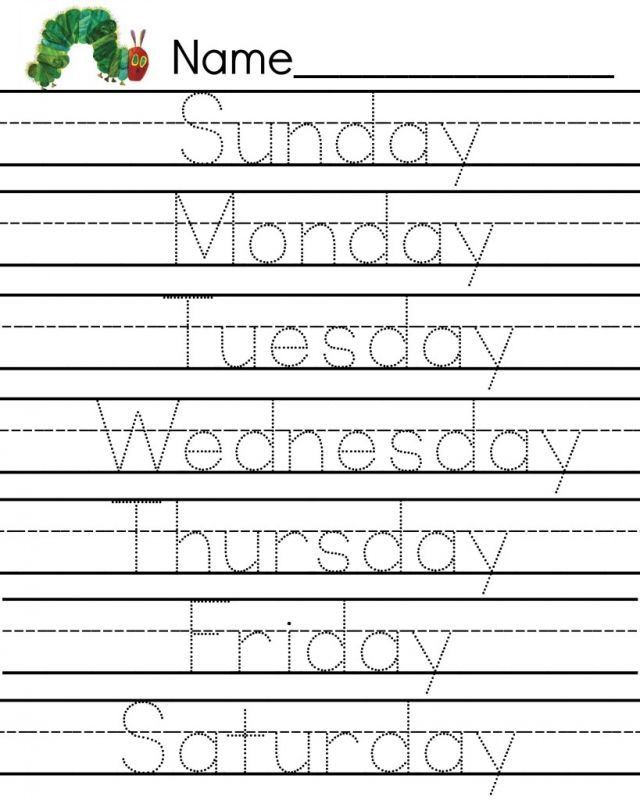 You can give your child a new word and tell them what the meaning is. Then, Henrietta Fillon, a tutor at Big Assignments and Elite Assignment Help, says “you can challenge them to write a sentence with the new word in it. You can also ask your child to write a complete story about this word if you have time for it. You can also ask for drawings if they don’t enjoy writing much.”
You can give your child a new word and tell them what the meaning is. Then, Henrietta Fillon, a tutor at Big Assignments and Elite Assignment Help, says “you can challenge them to write a sentence with the new word in it. You can also ask your child to write a complete story about this word if you have time for it. You can also ask for drawings if they don’t enjoy writing much.”
7. Comic Strip Fun
This activity is better for older children who already know how to read and write, especially if they like storytelling. You can get some comic strips for your children and ask them to fill out the dialogue bubbles (which should be blank, to begin with). Then, challenge them to make it more exciting. They can also draw with crayons to make more colors and liven up the comic strip.
It can be difficult to get your children to write if they don’t like it, but there’s a lot of writing games that can make the process more exciting. By spending time with your children to focus on learning to write, they will prosper and learn to enjoy writing.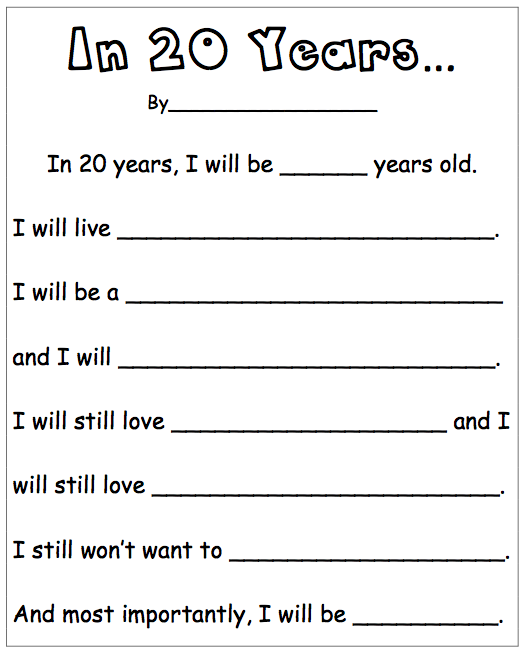
About the author: Ellie Coverdale, a writer for UK Writings and Essayroo, shares her thoughts and opinions on education and writing. She loves fostering a desire to read and write in children and stresses the importance of writing skills for all people, regardless of age. In her spare time, she teaches writing skills for Boom Essays.
12 Writing Games To Help Kids Learn To Write And Have Fun Doing It
Writing can feel daunting to young learners — there are so many letters to memorize, sounds to recall, and words to spell! You might be wondering what the best writing games are to help your child learn to write.
HOMER has got you covered with these simple and engaging writing games! With minimal equipment required, these activities can be set up within minutes and provide unlimited fun.
Before we dive into our favorite writing games, let’s discover why writing is important in child development.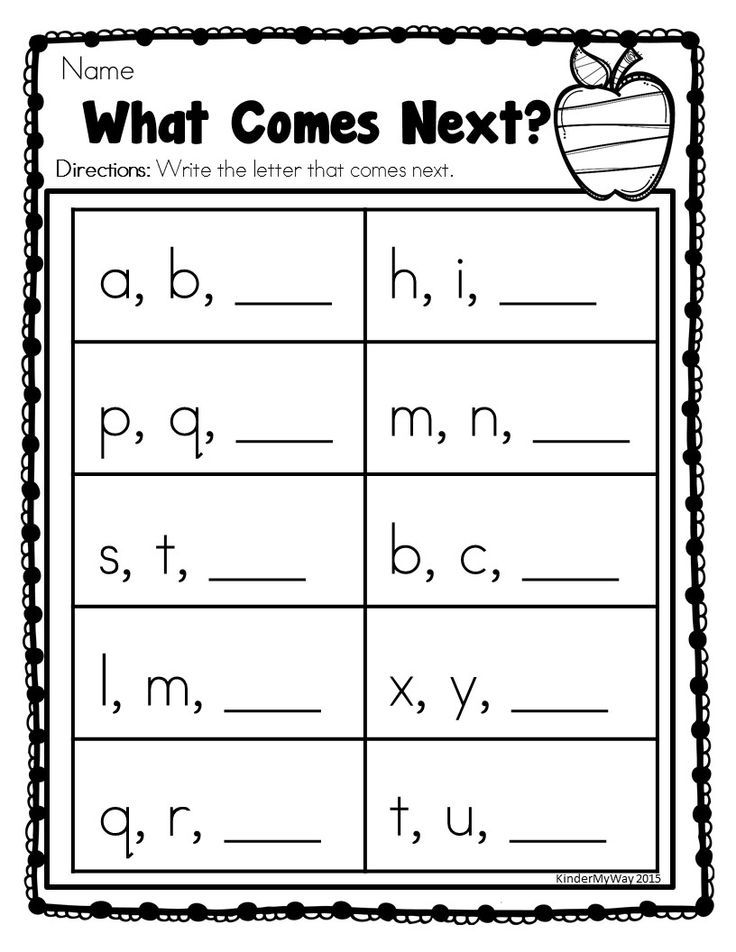
Why Writing Is Crucial To Development
From their early scribbles to drawing recognizable letters, writing is a useful form of self-expression for children and allows their ideas to flow more easily.
What’s more, the alphabetic code is reversible, so children who use sounds to determine words for writing are simultaneously advancing their ability to sound out words and read coherently. Win-win!
This is a lifelong skill that your child will use every day, so it’s important to know how to best nurture and develop these emergent literacy skills from a young age.
By playing the writing games outlined below and taking the time to practice, your young writer will be an expert in no time!
Why Games Are Important For Learning
You know that it’s important for your child to develop writing skills, but you may be wondering why you should incorporate games into their learning.
Why can’t your child just sit down with a pen and paper to practice writing?
Less Stressful Learning
Here’s the stitch: Being asked to sit down and practice writing skills can be daunting for some kids.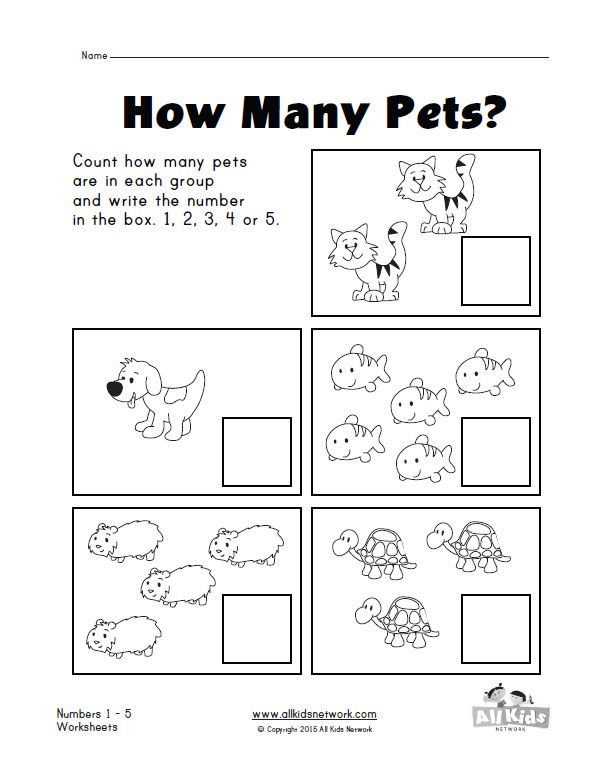 It can also be frustrating when they come across letters or words they struggle with.
It can also be frustrating when they come across letters or words they struggle with.
Games, on the other hand, decrease stress levels and get children excited about learning.
While playing learning games, your child will not only be practicing their writing skills, but they’ll also be more focused on completing the fun activity than on getting frustrated that they can’t write the uppercase Q, Z, or J.
When children see that learning doesn’t have to be tense or highly stressful, it can also change their perception of educational activities. In fact, they may be more willing to participate in future educational games.
Motivation
Motivation is one of the biggest advantages of playing writing games.
Kids are more likely to pay attention to the instructions and participate when they see the activity is fun. This is much more effective for teaching writing (and other) skills than simply handing them a worksheet.
Some educational games also allow children to play in pairs or groups.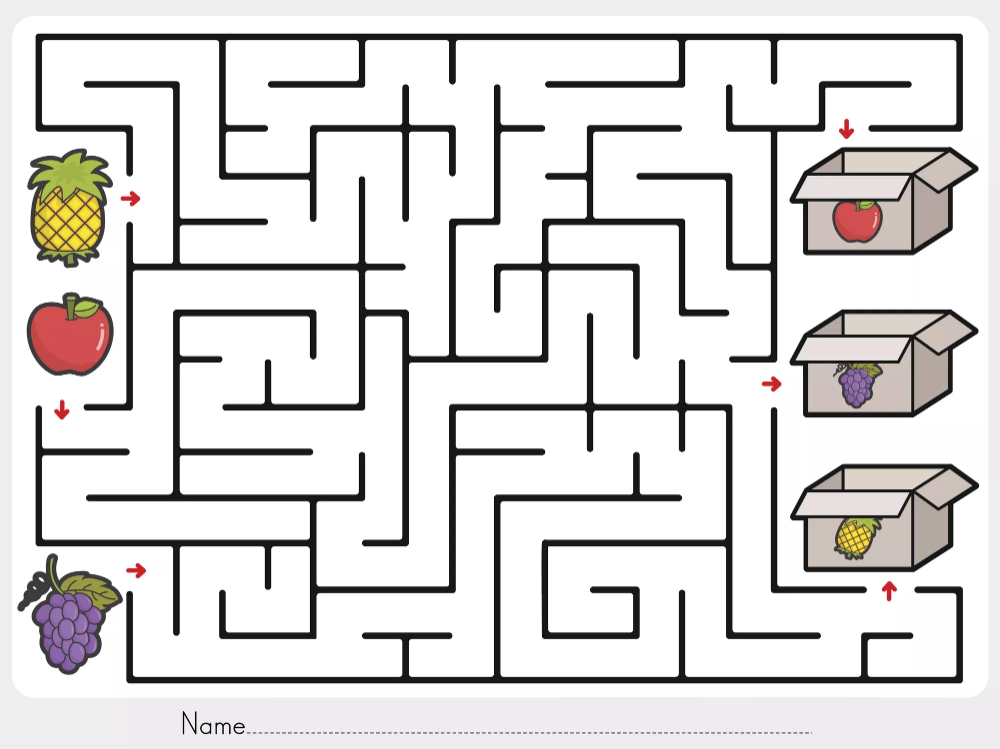 Interacting with peers or family members in this way is an excellent opportunity to develop critical social skills, such as listening to others, communicating effectively, and taking turns.
Interacting with peers or family members in this way is an excellent opportunity to develop critical social skills, such as listening to others, communicating effectively, and taking turns.
Friendly Competition
Kids can be very competitive — with their friends, siblings, and sometimes even with mom and dad. Playing writing games can foster a spirit of fun, healthy competition.
If you involve multiple children in these activities, the child who wins can learn to congratulate their fellow competitors and not just brag about their accomplishment. And the one who loses can learn to celebrate another person’s win and try harder next time.
Problem-Solving Skills
By nature, most games require participants to incorporate problem-solving skills, planning, and creativity. That’s a lot of mental work!
Playing writing — and other types of educational — games can help your child develop these essential life skills.
Now that we’re clear on why writing games are important, let’s get into the activities you can introduce to your child today.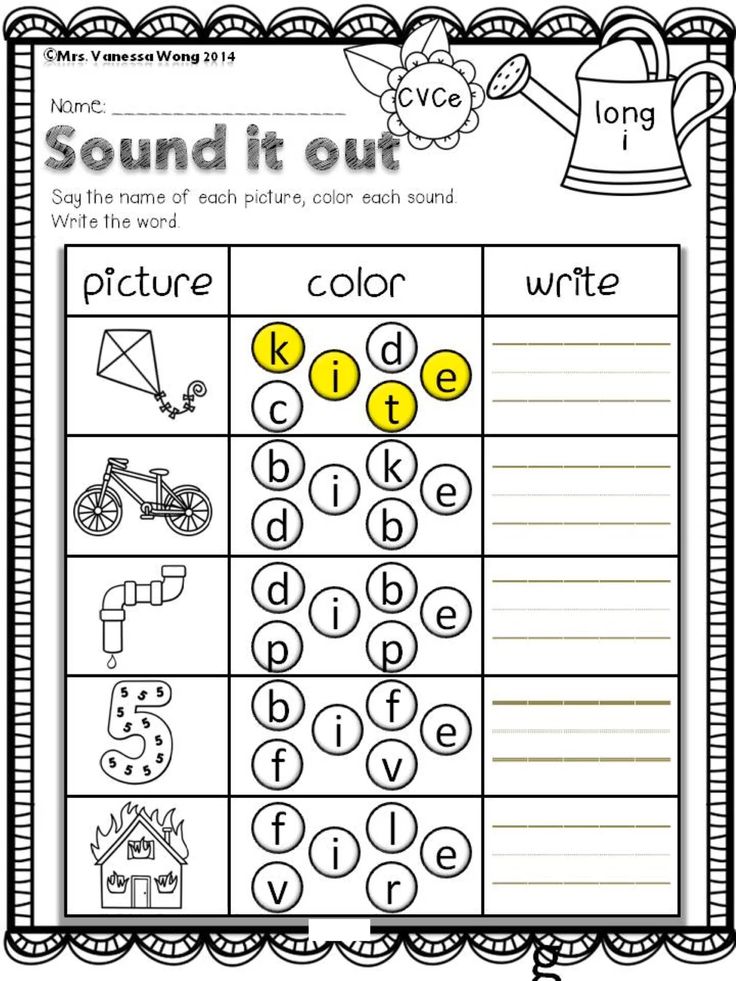
We’ve divided these into three sections — writing games for preschoolers and kindergarteners, first graders, and second graders. So, feel free to scroll to the relevant section for your child (or children), and let the games begin!
Writing Games For Preschoolers And Kindergarteners
1) Disappearing Letters
What You’ll Need
- A chalkboard
- Chalk
- A paintbrush
- A cup of water
What To Do
Start this activity by writing a repeated letter, a word, or your child’s name on the chalkboard using your chalk. If you’re writing a single letter, start by writing it five times in a row.
Dip the paintbrush in the cup of water and have your child trace over each of the letters, erasing them one by one.
Once your child has mastered one letter, move on to multiple letters until they’re comfortable using this activity to “write” their name and short consonant-vowel-consonant (CVC) words such as dog and cat.
This activity is great for working on developing your little one’s fine motor skills as well as their spelling abilities, which will aid them as they take pencil to paper!
2) Hands-On Writing
What You’ll Need
- A tray or bin
- A fun material such as sand, flour, or shaving cream — anything that can hold a shape
- A pen and piece of paper (optional)
What To Do
To start this activity, grab a tray or bin that’s deep enough to hold your chosen material.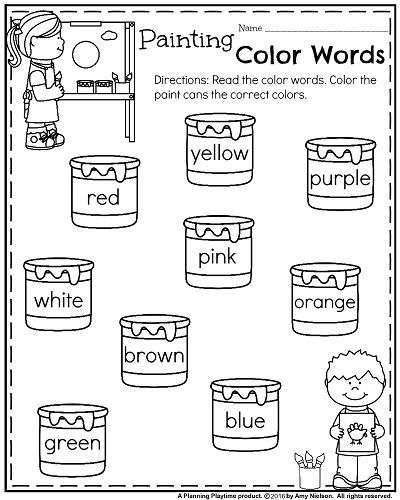
Fill your tray and bin with sand, flour, shaving cream, or anything else that can be used to form a shape. This is what your child will use to develop their writing skills!
Say a letter to your child (or write the letter on a piece of paper for them to copy, if needed) and have them write the letter into the sand, flour, or shaving cream with their finger.
Eventually, you can work your way up to having your child write whole words, like their name or things they love (the names of their friends and family or even their favorite foods or toys).
Don’t worry too much about what the letters look like — even scribbles are OK! Whatever your child writes to produce a letter or word is great progress.
This activity lets you make writing a fun, sensory experience! Try using different materials to keep your child engaged and to learn more about the world around them while they practice their writing skills.
You could also use a fingerpainting method for this game for some colorful fun — enjoy getting creative with this writing game!
3) Yarn Letters
What You’ll Need
- Blank sheets of paper
- Pencils
- Yarn
- Child-safe scissors
- Glue
What To Do
Grab the blank sheet of paper and help your child draw a letter of the alphabet with a pencil.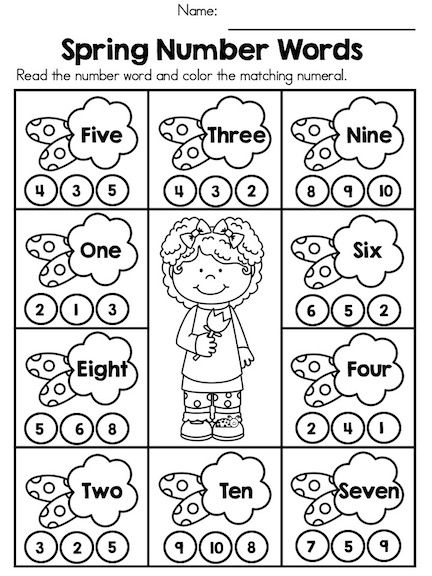 Then, hand them the yarn, scissors, and glue, and help them trace the letter by cutting and gluing the string onto its shape.
Then, hand them the yarn, scissors, and glue, and help them trace the letter by cutting and gluing the string onto its shape.
Performing this task is an effective way for your child to develop their fine motor skills, a key component of writing. In addition, this hands-on activity allows children to continue learning their letters.
Writing Games For First Graders
4) Roll The Dice
What You’ll Need
- A piece of paper
- A pen or pencil
- A dice
What To Do
This writing game is all about creating a fun story with your child using dice to determine how many words you get to add each turn!
Start by having your child choose a main character, a setting, and a problem. For example, your character might be a cat, your setting might be a garden, and the problem might be that the cat needs to find some food.
Write the first sentence of your story based on the character, setting, and problem you’ve chosen with your child.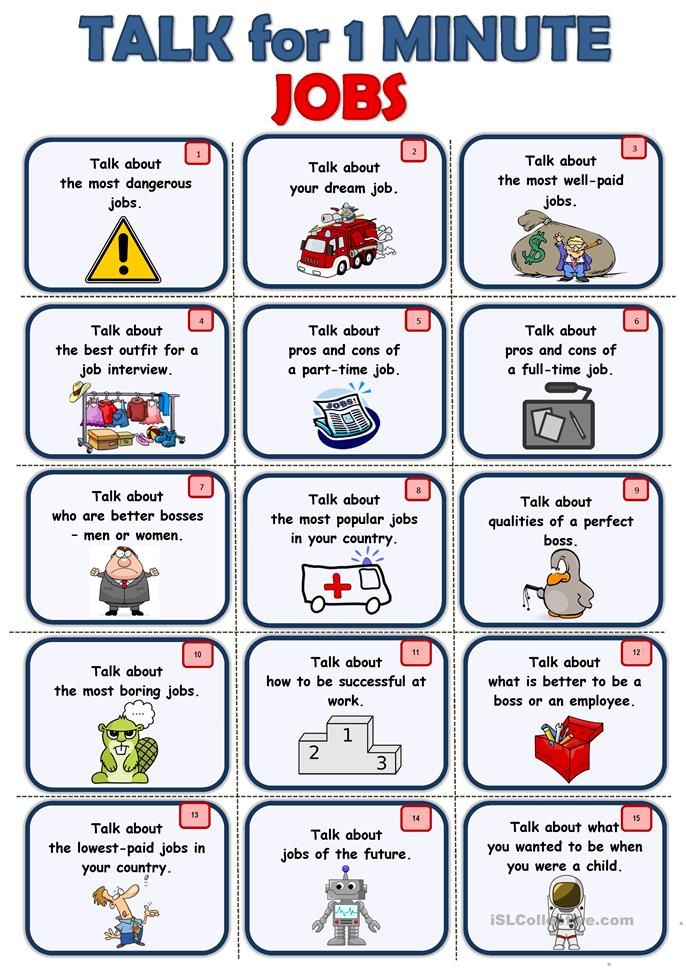 Using our example above, the first sentence might be, “Once, there was a cat in a garden who couldn’t find any food.”
Using our example above, the first sentence might be, “Once, there was a cat in a garden who couldn’t find any food.”
After you write the first sentence, have your child roll the dice. Whatever number the dice lands on is the number of words they’ll add to the story — not one word more or less!
You can assist your child by sounding out tricky words and helping them write if needed. Once they’ve added their words, it’s your turn to roll the dice and write your next round of words based on the dice number.
Take up to five turns each before finishing your story together by choosing an ending. Then read your story aloud to see how it all flows!
5) Speech Bubbles
What You’ll Need
- A piece of paper for drawing or a printed cartoon
- A pen or pencil
What To Do
For this activity, start by having your child draw a picture with a character or two. You could draw this scene together or even print off some characters from the internet to color and decorate together.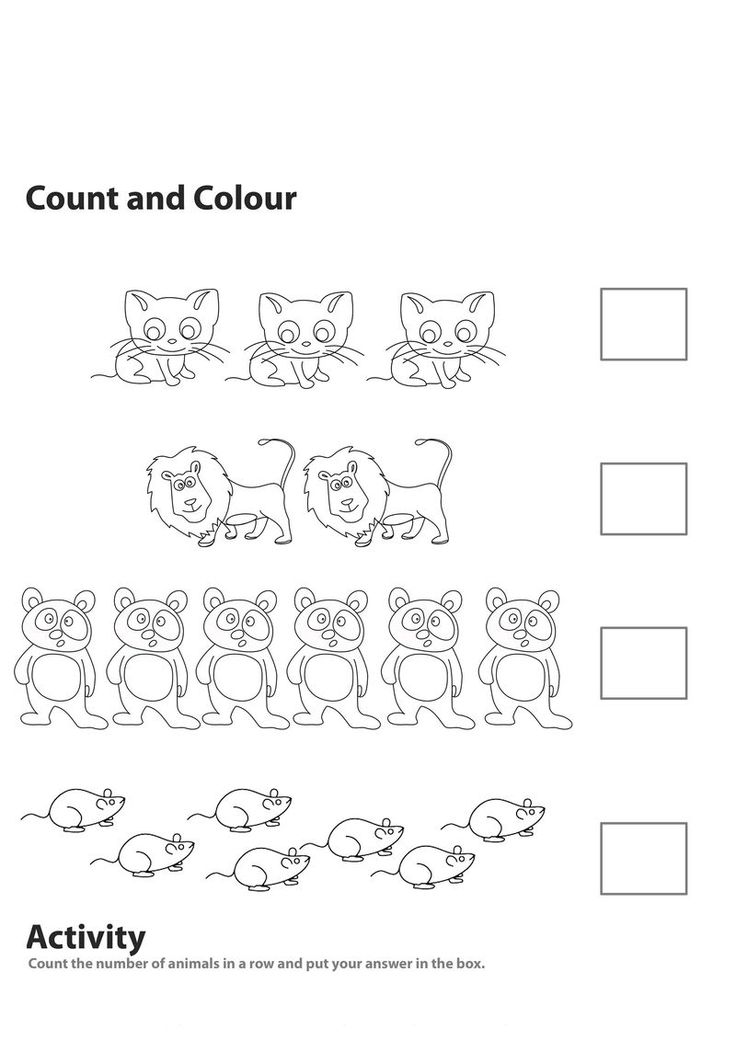
Once you’ve finished drawing and decorating your characters, it’s time for each of you to draw and fill in a speech bubble to create thoughts for your character (or a conversation if you drew more than one character).
For example, if your character is a dog, maybe he’s standing by an empty bowl. What might a hungry dog say? Some options could be, “Where’s my food?” or “I hope they bring pizza!”.
Let your child’s imagination run wild with possibilities for filling in the speech bubbles and enjoy this writing activity together by writing down the silly suggestions, too!
Speech bubbles are one of the most fun options for writing games as they’re quick, easy, and short for young writers.
This may help your child feel less intimidated as they explore more words to add to their vocabulary and practice forming their letters correctly.
6) Birthday Cards
What You’ll Need
- Colored pens or crayons
- Pencils
- Blank birthday card
What To Do
Birthdays are a day most people look forward to.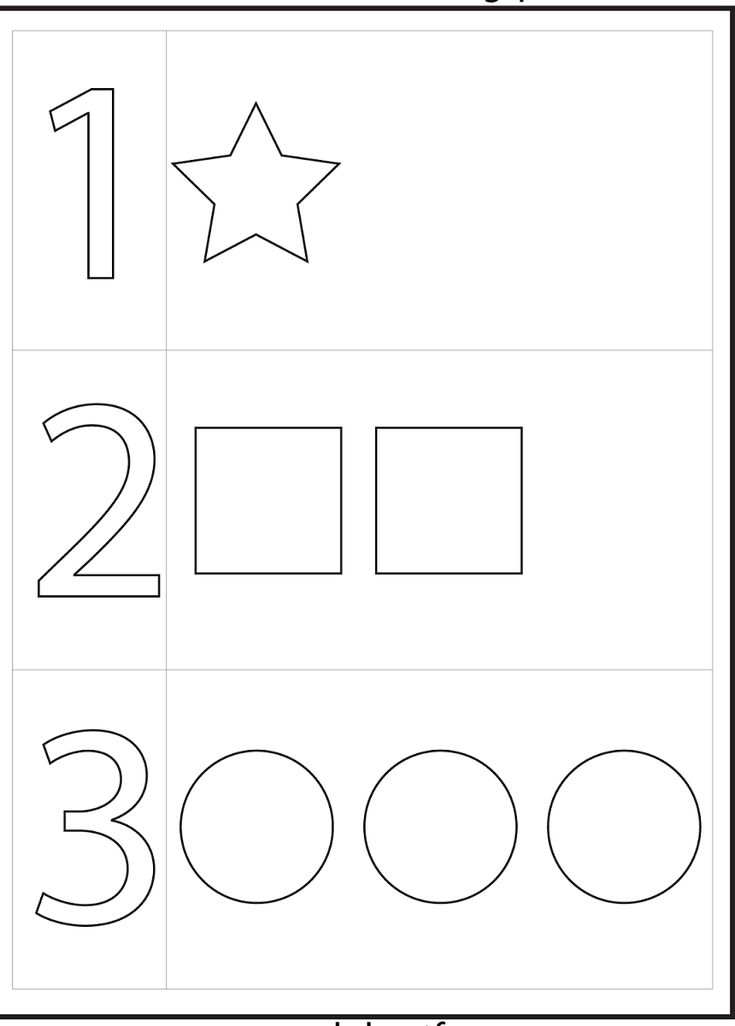 For kids, this day usually means lots of gifts, games, a birthday cake, and, of course, a birthday card.
For kids, this day usually means lots of gifts, games, a birthday cake, and, of course, a birthday card.
Help your child create a unique birthday card for their friend, neighbor, cousin, sibling, mom, or dad — whoever they want! Once they select the recipient, get the supplies you need and help them write a sweet message for their loved one.
This is a wonderful activity for your child to practice putting their thoughts on paper. They can also add flowers, hearts, and anything else that will help to make the card extra special.
Note: This activity can be used for any occasion, not just birthdays. Is it the holidays? Has the family been invited to a graduation party? Do you have a family member who’s not feeling well?
All of these are excellent opportunities to create a special card for a loved one.
7) Map Out The Story
What You’ll Need
- A blank sheet of paper
- Colored pencils (or crayons)
What To Do
The aim of this writing game is simple: create a setting for a story.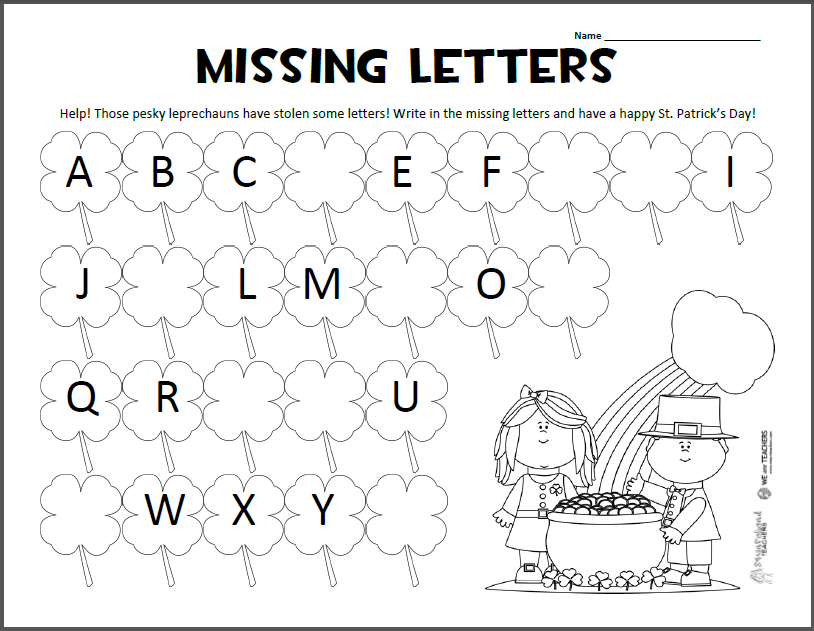
Children love when a storybook they’re reading includes some pictures and a map to bring the story to life. With this activity, they get to create their own!
All your child needs to do is draw a map of the story setting of their choosing, labeling the different areas. This can be a story they’ve read or one that’s just popped into their head. It really doesn’t matter as long as they’re excited about it.
To help them get started, you can ask prompting questions, like:
- Does your story take place on land or in water?
- If it’s on land, what and who lives on that land?
- If it takes place in water, what types of interesting creatures are there?
- What’s the weather like?
- How many characters are there?
- Where do these characters live?
- What do the characters do?
- Are there any landmarks?
Once your child is clear about the world of the story, it’s time to draw and create it. Now you can also help your child write a story that takes place in their invented world.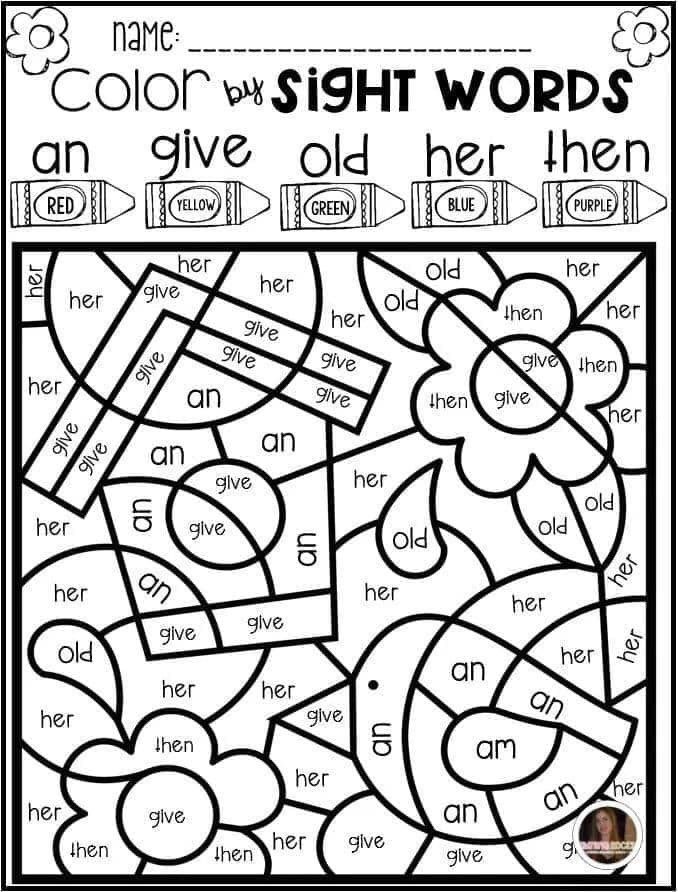
For this activity, we’re not expecting incredible artwork or penmanship. Instead, the main focus is to have kids practice gripping pens or pencils and writing.
Writing Games For Second Graders
8) Grocery List Writing
What You’ll Need
- A piece of paper for making your list
- A pen or pencil
What To Do
Make the task of writing your grocery list into a game!
You can do this as part of a make-believe or role-playing game with your child, or you can create a real grocery list together before the shopping gets done.
Try planning out some meals for the week ahead, and then make a list with your child for each of the ingredients needed. Explain that writing a list helps us to remember all the things we need to buy, and discuss what items you might need to purchase.
Keep it simple and help your child by sounding out words as they write. Once the list is written, your child can enjoy checking off each item one by one after it’s been put in the cart!
9) Household I-Spy
What You’ll Need
- Two pieces of paper, one for you and one for your child
- Two pens or pencils, one for you and one for your child
- A timer or timer app
What To Do
One of our favorite writing games is this version of I-Spy with a twist!
Grab your paper and write each letter of the alphabet down the left-hand side.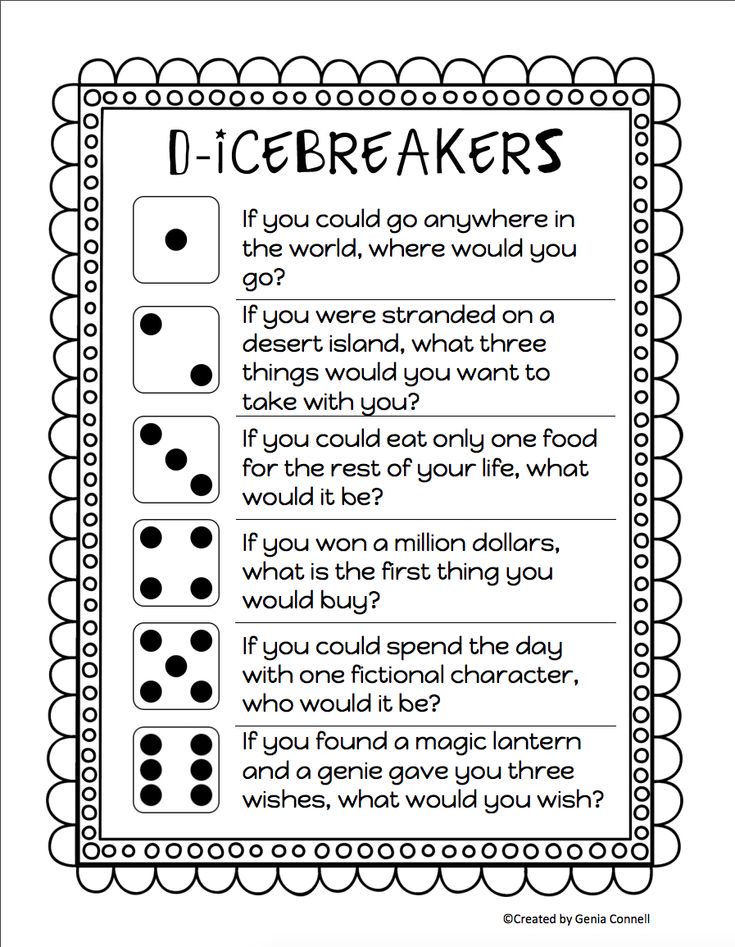 Once you and your child have both written the alphabet on your paper, set your timer for 10 minutes.
Once you and your child have both written the alphabet on your paper, set your timer for 10 minutes.
You’ll then race from room to room to find and write down as many objects as possible that begin with each letter of the alphabet. Write each object next to its corresponding letter and fill in as many as you can within the time limit.
You could also set a handicap for this writing game to raise the stakes! For example, if your child’s time limit is 10 minutes, cut yours in half so that you have to find as many objects as possible in five minutes.
10) Accordion Storytelling
What You’ll Need
- A sheet of paper
- Pen
- Ruler
What To Do
The first player will start the story at the top of your clean sheet of paper by writing two sentences on separate lines. They can write about any topic they want.
When they’re done writing, they’ll need to fold the paper over the first sentence and pass the paper on to the next player.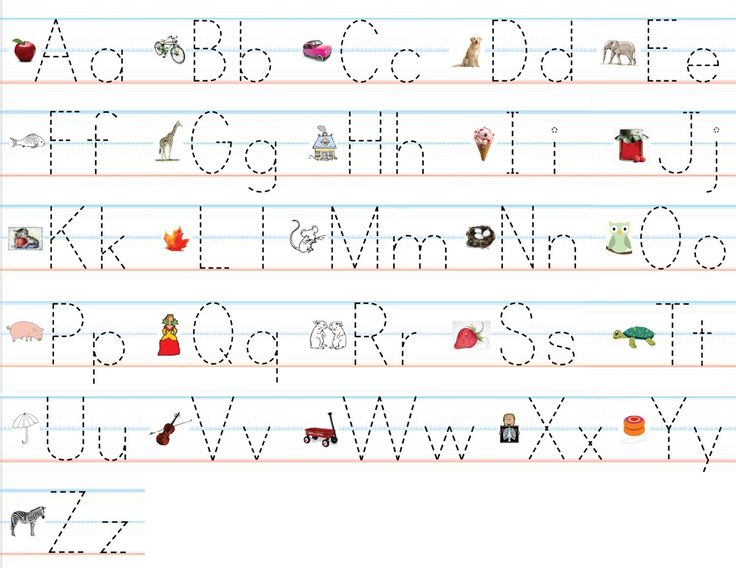 This means that the first sentence won’t be seen. The next writer will only be able to see the second sentence on the page.
This means that the first sentence won’t be seen. The next writer will only be able to see the second sentence on the page.
This player will need to write their own two sentences based on the line they can see. After that, they’ll fold down the first line of what they wrote and pass it on to the next player, too. The paper will continue to be passed around and folded like an accordion.
The round ends once all the paper has been folded up, and there’s no space left to write. Once you’ve reached this stage, open it up and read the story aloud together.
What interesting story did you come up with? Get ready to have a good laugh!
Note: You can take turns reading one sentence each, or you can nominate one person to read the whole story to everyone.
This is a great game to play with the whole family or even just two people, although it is the most fun with at least three people. And it will encourage creativity and writing skills.
11) Pen Pal Writing
What You’ll Need
- Paper
- Pens or pencils
- A pen pal
What To Do
Writing letters to pen pals is very traditional.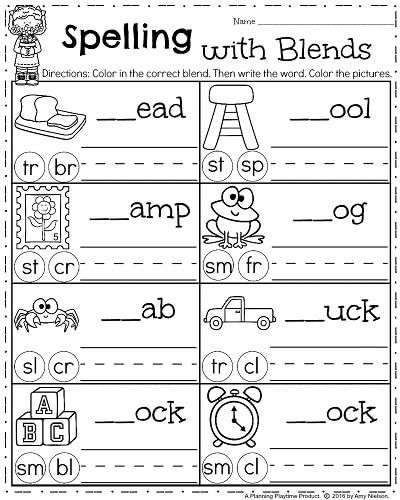 In a nutshell, it involves two people in a long-distance friendship who communicate by writing letters to each other.
In a nutshell, it involves two people in a long-distance friendship who communicate by writing letters to each other.
Now, with the advancement of technology, very few people still do this via snail mail. But it can be a great way to encourage children to write.
Who can your child write to? They can choose a friend who’s moved schools, a cousin who lives in another state, or their grandparents. It can be anyone they’d like to send a message to!
This is a fun way to help children learn about mailing letters and how the postal system works. They also get to create memories and can keep the letters their pen pal writes to reflect on for years to come!
12) Rewrite The Ending
What You’ll Need
- Paper
- Pen or pencils
- Storybook
What To Do
Children will need to exercise their imaginations to play this game.
To get started, read a book aloud to your child. (This can be an old favorite or a new story.) Once you’ve finished reading, encourage them to create their own version of the ending.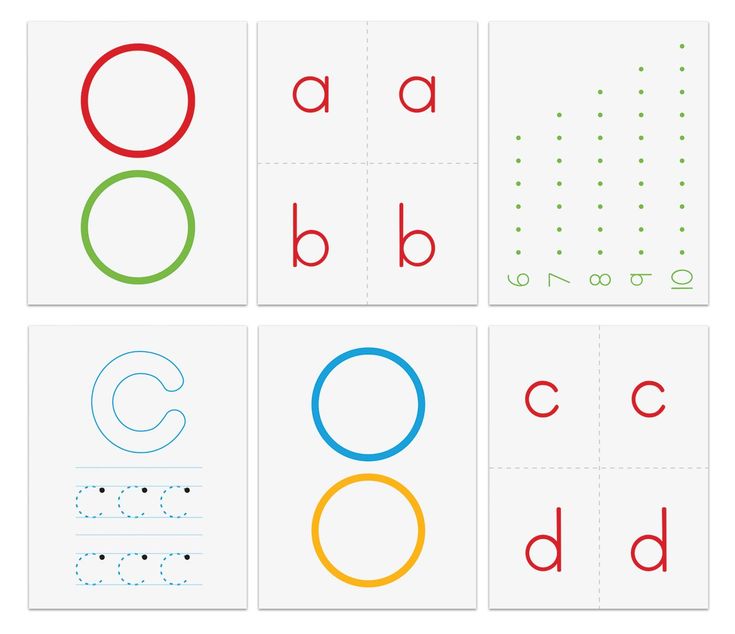
It can be challenging for children to imagine their favorite stories in a different way, so you might need to help your child think outside the box:
- What if the frog never turned into a prince but into a big elephant instead?
- What if the three little pigs learned karate and decided to fight the wolf?
- Could the little mermaid have a twin sister she just discovered?
This activity lets your child exercise their imagination while also practicing their writing skills. If this is done with multiple children, it will be fun to see what exciting versions of the script each child comes up with.
Enjoy Learning To Write With HOMER!
We hope you’ve found some new favorite writing games from our activities in this guide!
From creating sensory play activities with sand and fingerpaints to writing a grocery list together, there are so many ways to get creative with your child and make writing a fun shared activity.
For even more writing fun, unbox a learning adventure with our Explore Letters Kit.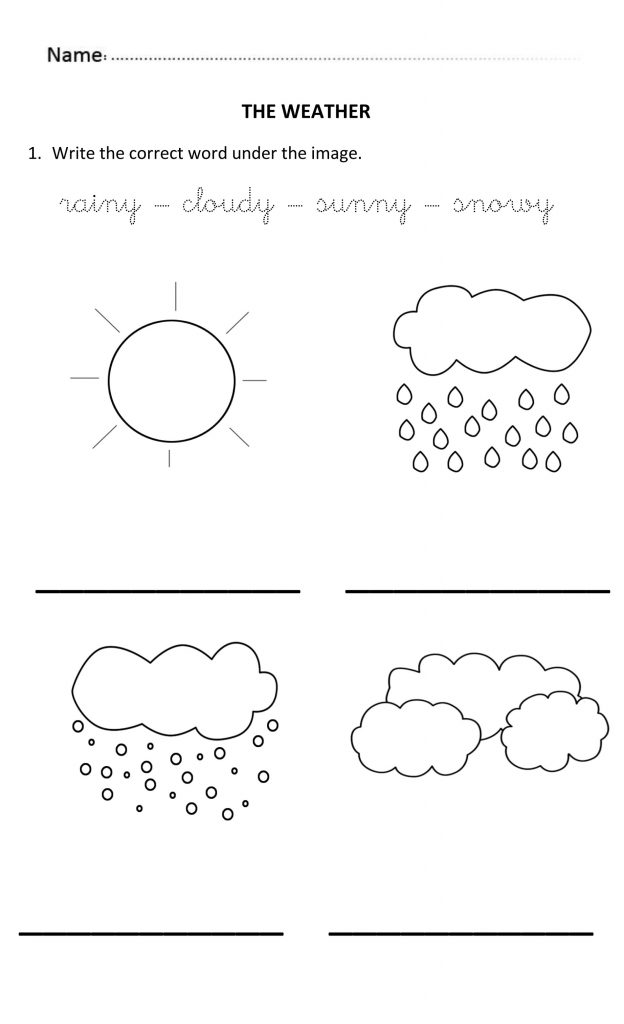 Watch your child build their literacy skills, using their imagination to lead them through a variety of writing and spelling activities!
Watch your child build their literacy skills, using their imagination to lead them through a variety of writing and spelling activities!
Author
30 educational and entertaining games
Every mother of a five-year-old often feels the same as the heroine of the cartoon "Go Monkeys!". Preschoolers simply have inexhaustible reserves of energy that need to be directed in the right direction. As the well-known song rightly says, every small child must “run and jump, grab everything, kick with his feet, otherwise he will explode: bang bang - and he’s gone.” Therefore, we suggest that parents study games with a child of 5 years old - firstly, the baby will be busy with work, and secondly, it is in the process of playing that children develop and learn something new. In addition, joint classes contribute to the creation of close contact between parents and children. Time spent together is the best gift you can give your child.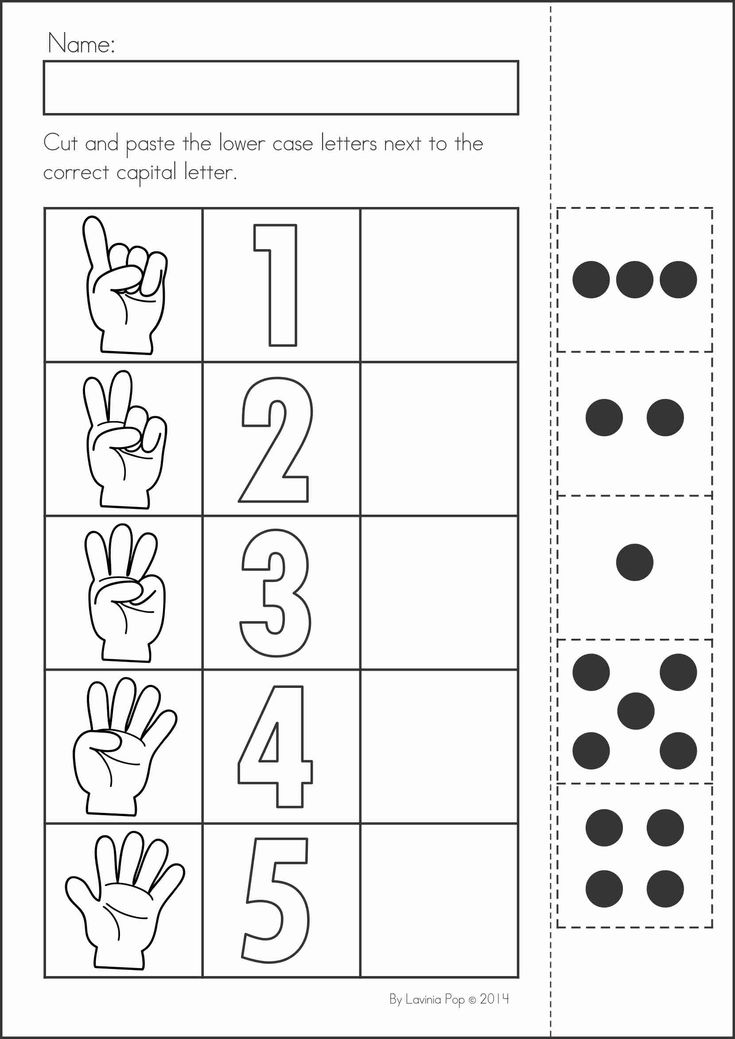
What kind of games for a child of 5 years to choose? If your kid is active and regularly puts the whole house on his ears, then dance or sports games will come to the rescue. Does your five-year-old like to sing, dance, and put on home theater performances? Here you need fun that will help develop creativity. Diligent kids who love to think, read, learn, intellectual entertainment (for example, board games, games in English, psychological games, etc.)
Kidpassage will tell you what games with children aged 5 should be adopted by parents. With our tips, every adult can easily entertain a bored child, teach him something new and just have fun together.
Contents
- Games with a 5-year-old child at home together
- Games for children 5 years old at home
- Didactic games
- Music games
- Board games
- Games for a group of children aged 5
- Logic games
- Educational games
- Math games
- Christmas games
- Speech therapy games
- Attention Games
- Role play
- Outdoor games for children 5 years old
Games with a 5-year-old child at home together
You don't need a big company to have fun.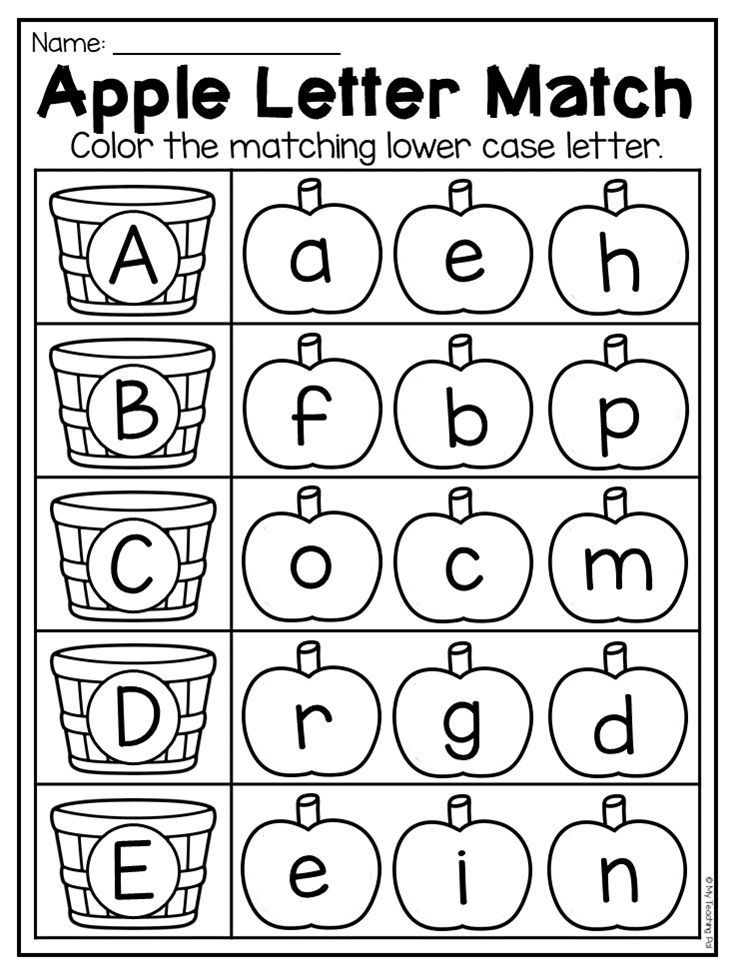 There are many educational and interesting games for two. It can be a game of a mother with a child of 5 years old or joint activities of two children.
There are many educational and interesting games for two. It can be a game of a mother with a child of 5 years old or joint activities of two children.
Quiet games for two - checkers, chess, Sea Battle, Tic-Tac-Toe and more. However, it is recommended to alternate calm and active games, because children cannot sit still for a long time, they definitely need to move around, throw out excess energy.
1. "Fish, birds, animals"
Props : rubber ball.
This is a game that is very similar to "Edible - Inedible", but in a newer, unhackneyed interpretation. The leader throws the ball to the participant and says one word: “fish”, “birds” or “animals”. The participant must answer the corresponding name of the representative of the fauna. So, the leader says “fish”, the participant answers “pike” and returns the ball.
2. "Sumo Tournament"
Props : two large home t-shirts, rope, two pillows, two straps.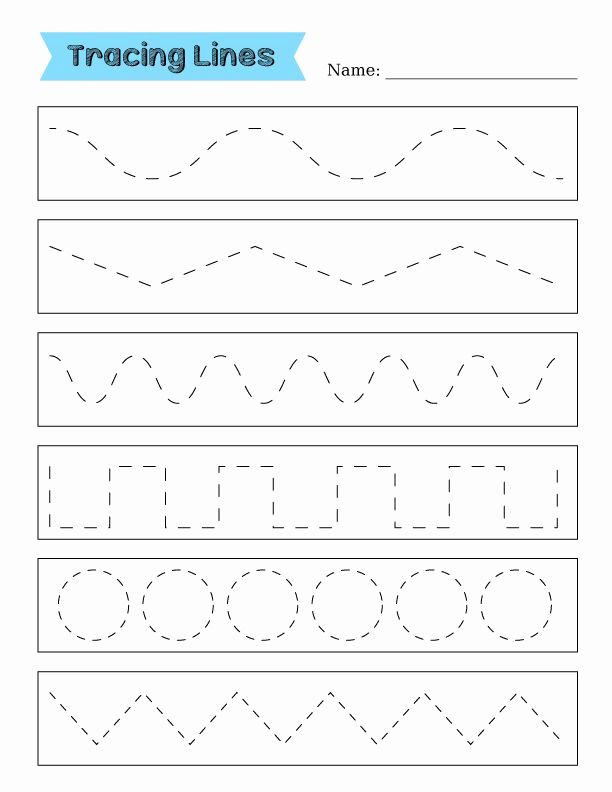
This game is suitable for two children of about the same age. A rope is made into a circle, and with the help of pillows, straps and T-shirts, children turn into sumo wrestlers. The task of young sumo wrestlers is to push the enemy out of the circle.
Interesting games for two at home are easy to come up with on your own: it can be tug of war, and basketball with a wastebasket and hand-made balls from A4 sheets, and entertainment with dressing up, and dancing.
Games for children 5 years old at home
Parents often have a question about what to do with their child at home. Bad weather on the street, holidays at school or quarantine in kindergarten - and now the baby is already bored in the apartment or entertains himself with gadgets. However, as soon as parents turn on their imagination and involve the child in the gameplay, boredom disappears instantly! Sofa cushions and blankets turn into a fairy-tale palace, a mop becomes a knight's sword, and a house cat becomes a fire-breathing dragon.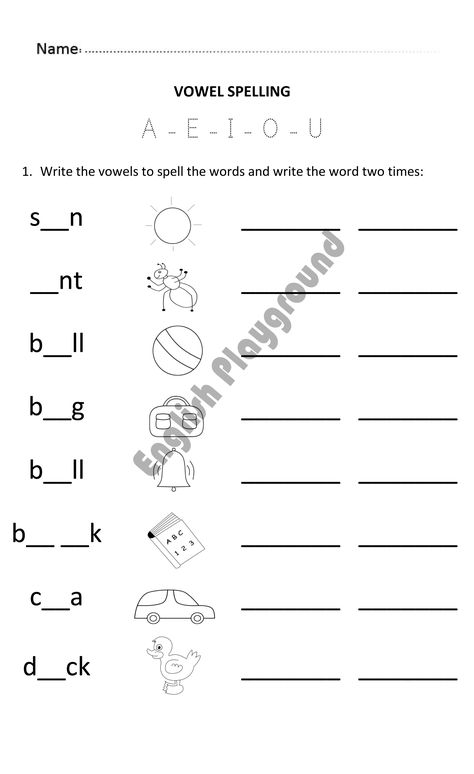 After a while, the laundry basket already turns into a basketball basket, and an old T-shirt stuffed with padding polyester into a soft ball, safe for mirrors and furniture. What to do at home with a child of 5 years old is not a problem for creative moms and dads!
After a while, the laundry basket already turns into a basketball basket, and an old T-shirt stuffed with padding polyester into a soft ball, safe for mirrors and furniture. What to do at home with a child of 5 years old is not a problem for creative moms and dads!
3. "Border on the castle"
Props : blanket, soft toys.
The room should be divided into two parts with a blanket - the "border". On one side is the child, on the other is the parent. Each participant in the game has the same number of toys. On command, the players must transfer as many of their "shells" as possible to the side of the enemy.
Important: use only soft toys (hollow rubber balls, balloons) to avoid injury, damage to furniture and mirrors in the house.
4. "New life of old objects"
Props : box or bag with various household items.
Various items are placed in the box: cubes, a broom, kitchen utensils, pens and pencils. The child pulls out one item at a time and, together with his parents, comes up with how it can be used again. So, a broom can turn into a bouquet if you decorate it with beads and ribbons, and pots make good helmets for motorcycle racing.
The child pulls out one item at a time and, together with his parents, comes up with how it can be used again. So, a broom can turn into a bouquet if you decorate it with beads and ribbons, and pots make good helmets for motorcycle racing.
Didactic games
Didactic or educational games are the main tool for kindergarten and primary school teachers, but parents can also use educational games to not only have fun, but also spend time with their children in a useful way.
As a rule, educational games involve the use of various visual materials. These can be story cards, cubes with letters, numbers or image fragments, cards and much more.
5. "Detective and robbers"
One of the participants is assigned as a robber who needs to hide from the detective. The host should come up with some kind of detective story in advance. In order for the robber not to be seen through, he needs to properly disguise himself. The rogue leaves the room and changes something about his appearance, and investigators need to notice and point out these changes.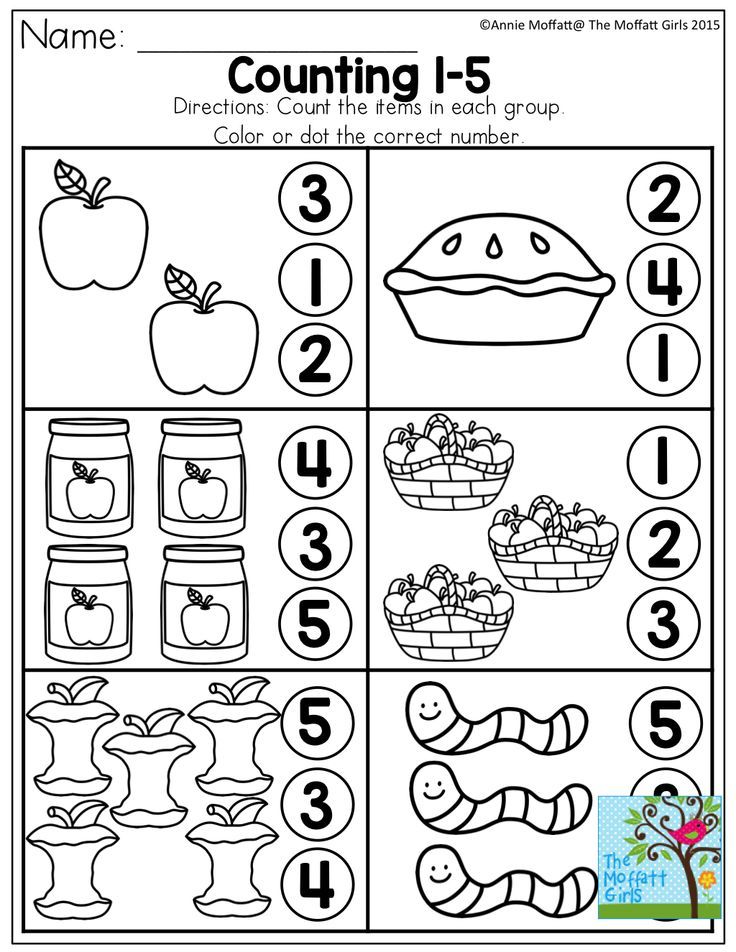 The game perfectly develops imagination, associative thinking and memory.
The game perfectly develops imagination, associative thinking and memory.
6. “True or False”
The facilitator names different facts, some of them are true, some are not. If the children hear the truth, they clap their hands; if they hear a lie, they stomp their feet. To make it more interesting, facts can be thought up in poetic form, for example:
- Daisies bloom in the garden in winter ( not true ),
- The iron will iron your shirts ( true),
- In winter, hares have black fur ( not true ),
- The lion in Africa is the most cowardly of all ( not true ).
Music games
This category includes two types of entertainment - dance games and singing. Musical games are good because they allow you to reveal the creative abilities of the baby, as well as spend extra energy. Every hyperactive child will appreciate the fun, where you can dance to your heart's content.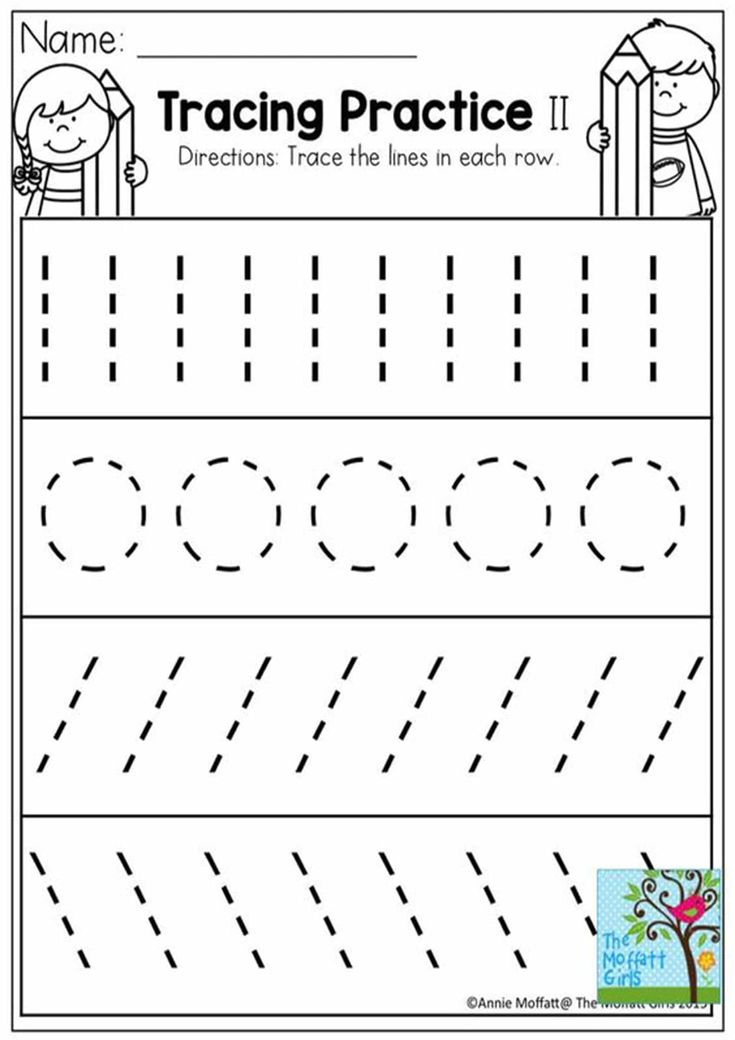
7. “Invented song”
Props : task cards, backing tracks of various melodies.
Singing is a great way to cheer up, especially if you sing funny funny songs of your own composition. The child draws a card with a task written on it (“a song of a hungry wolf”, “a foreigner who does not speak Russian well”, “sad bells”, etc.). The task of the participant is to complete the task either to the backing track of a well-known melody, or a cappella, without musical accompaniment.
8. “Aram-zam-zam”
At the beginning of the game, the parent shows the movements:
- “aram-zam-am” – claps on the knees, three times, with repetition;
- "ghoul-ghoul-ghoul-ghoul" - rotations in front of the chest with arms bent at the elbows, clenched into a fist;
- "arafik-arafik" - leaning forward with arms crossed on the chest, first from left to right, then from right to left.
When the child remembers the movements, you can move on to the game.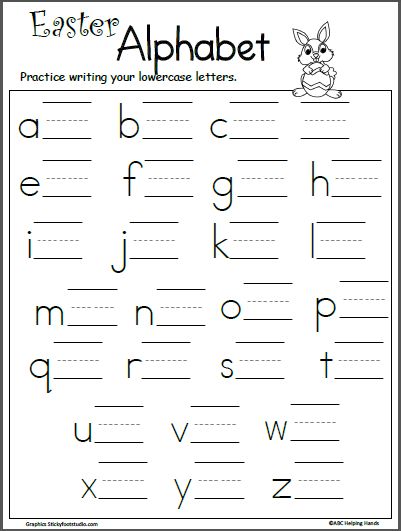 The essence of the game is to correctly repeat the dance when the song is turned on. The catch is that the tempo of the melody gets faster each time.
The essence of the game is to correctly repeat the dance when the song is turned on. The catch is that the tempo of the melody gets faster each time.
9. "Guess the performer"
Props : a record of songs performed by various cartoon or fairy-tale characters, and cards with images of these performers.
This game perfectly develops the musical memory of five-year-olds. The rules are quite simple: the parent plays a fragment of a song from the cartoon to the child, and the child must choose an artist card. You can complicate the task and take songs and characters that are not familiar to the young player so that he can guess the artist according to the meaning of the song. For example, include a fragment of the song "Chunga-Changa", which will correspond to a picture of funny little islanders. You can also let them listen to the line “And then my girlfriends are leeches and frogs,” and the child must guess that it is Vodyanoy who sings.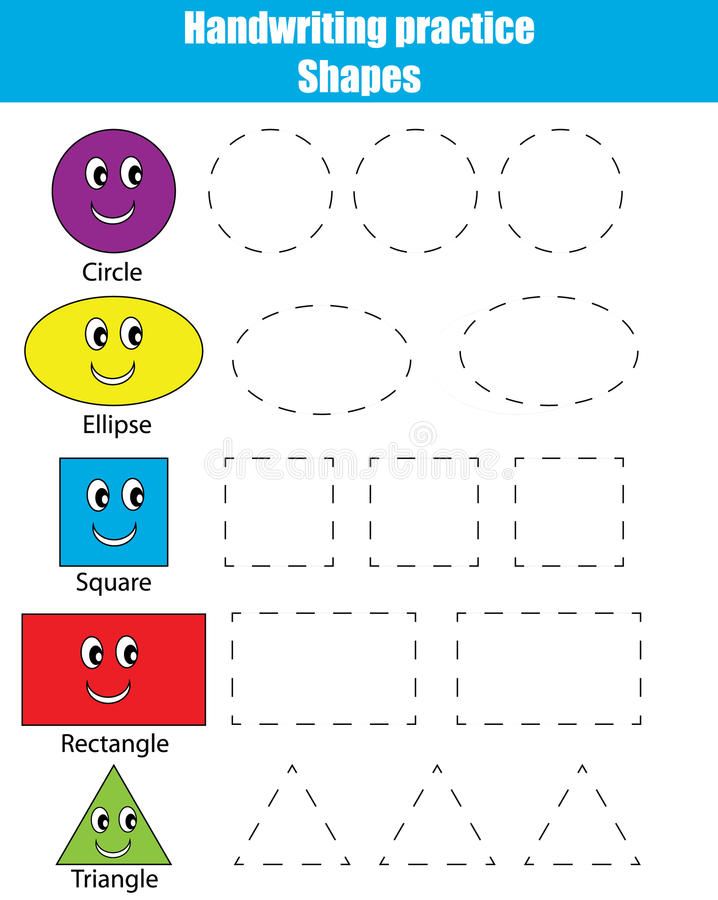
Board games
Properly selected board games may well replace full-fledged developmental activities. "Monopoly" will teach you how to count, "Erudite" (aka "Scrabble") - to compose and learn new words, "Alies" will pump up the acting abilities of children. First of all, board games help to improve mathematical skills, because in any game you need to keep track of moves and points earned. Not to mention that it is an excellent training of perseverance, thinking and attention.
Entertaining games in this category can be of different topics: about animals and plants, dinosaurs, fairy-tale worlds, connected with history or literature, etc. It is important to choose exactly the topic that the child is keenly interested in - then it will be much easier for him to learn the rules and join the gameplay.
Tables also come with cards, chips, dice, puzzles. The simplest ones are “walkers”, where you need to roll a die and move a chip on the playing field for the number of steps that have fallen out.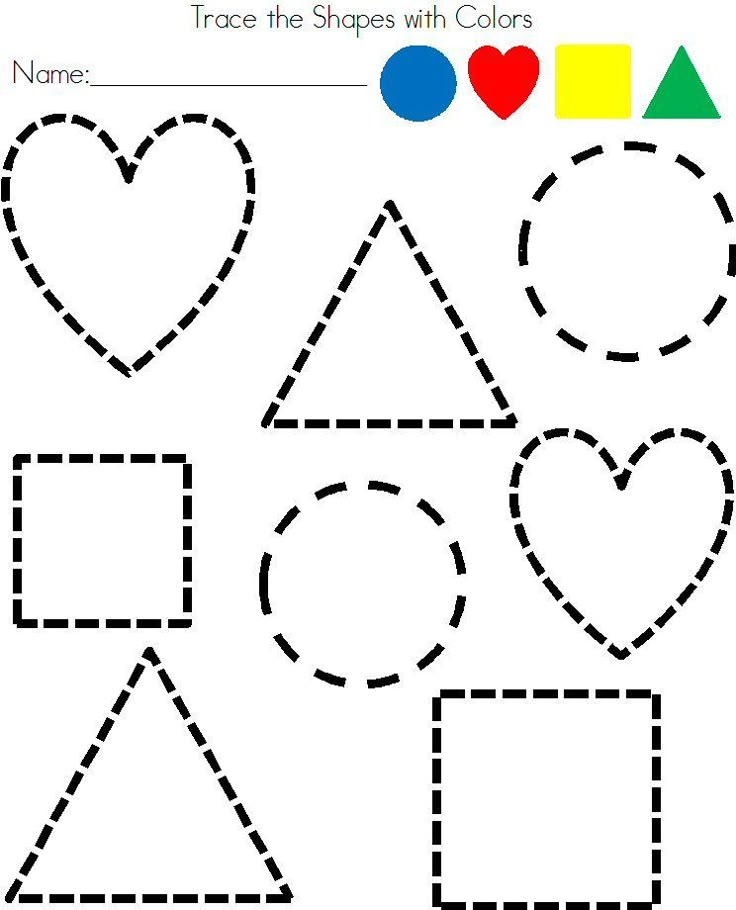 The most difficult type of board games are strategies, where you need to calculate your every move and think about what consequences it may have. Five-year-olds are also very fond of funny games, such as Twister.
The most difficult type of board games are strategies, where you need to calculate your every move and think about what consequences it may have. Five-year-olds are also very fond of funny games, such as Twister.
- DIY board games for children
10. "Puzzles"
Props : pre-prepared puzzle pieces.
You can buy a ready-made puzzle, but it's much more interesting to make it yourself. Parents together with their children can draw a picture on a sheet of cardboard, and then cut it into several parts, or approach the task more creatively and apply their own drawing: for example, on several ice cream sticks, pebbles, cotton pads, and so on.
11. "Flea"
Props : chips, coin.
This is a popular game played by our mothers and fathers, grandparents. On the edge of the chip, the role of which can be played by a small stone, bean / pea, the player presses with a coin, as a result of which the chip bounces like a flea. The essence of the game is that as many player's fleas as possible "jump" onto the opponent's playing field. The playing field can be made from a box of chocolates by dividing it in the middle with a straight line.
The essence of the game is that as many player's fleas as possible "jump" onto the opponent's playing field. The playing field can be made from a box of chocolates by dividing it in the middle with a straight line.
Games for a group of children aged 5
Playgrounds, playrooms or parties tend to be crowded with children who also need to be organized and offered fun activities. Group games can be sedentary (quizzes, riddles, puzzles) or active (relay races, races). All children will definitely enjoy an exciting quest, which combines the moment of an intellectual game - the search for clues and clues, and an element of activity, because, as a rule, you need to run for clues. Five-year-olds love to compete, so you can offer them team games on the score.
12. "Human knot"
Children hold hands and, at the command of the leader, begin to get tangled without disengaging their hands. After the “Stop” command, the leader must unravel this human knot without breaking the hands of the participants. You can complicate the game and limit the time of unraveling. If the leader does not meet the deadline, then the children unhook their hands and rush in all directions, and the leader must catch one of the participants. Whoever falls into his hands becomes the new leader.
You can complicate the game and limit the time of unraveling. If the leader does not meet the deadline, then the children unhook their hands and rush in all directions, and the leader must catch one of the participants. Whoever falls into his hands becomes the new leader.
13. Centipedes
This is a fun game for a group of children. Participants line up and hold the one in front by the belt, thus forming a long centipede. At the command of the lead centipede, it must simultaneously perform the following tasks:
- raise the right paws;
- raise left legs;
- run in circles;
- move back;
- catch your tail;
- move forward by jumping.
In addition, you can arrange an obstacle course for the centipede or blindfold the “head” - the one in front.
Logic games
Games for the development of logical thinking are held in kindergarten and primary school, some tasks parents can take on board and deal with the child on their own.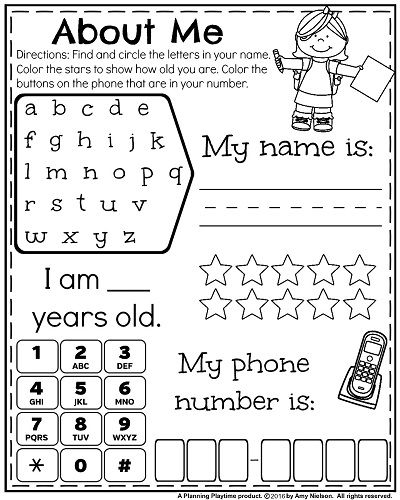 No kid is born with the ability to think logically, this is an exclusively acquired skill that must be developed from childhood. In this, the association game, puzzle, matching, quiz will help teachers and parents.
No kid is born with the ability to think logically, this is an exclusively acquired skill that must be developed from childhood. In this, the association game, puzzle, matching, quiz will help teachers and parents.
14. Trick problems
To solve trick problems, children need to be attentive and use their imagination. Such tasks also teach that sometimes you need to deviate from the usual algorithm in order to find the right solution.
Questions that can serve as an example of logical problems:
- What is impossible to eat for breakfast? (lunch or dinner).
- What is as big as an elephant but weighs nothing? (Shadow of an elephant).
- The girl dropped her ring into the coffee, but the jewelry remained dry. Why? (Coffee was not a drink, but was in beans or ground).
- What does half an apple look like most? (For the second half).
- What invention allows you to see through walls? (Window).
15. "Guess the object"
The host hides a small object in his fist.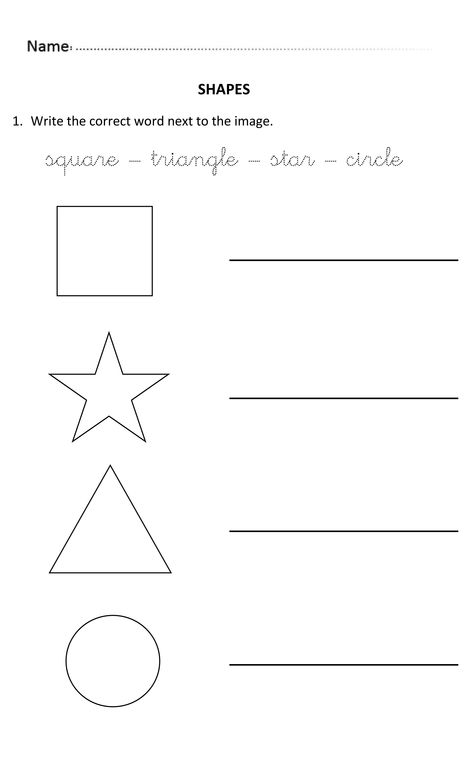 The child must guess what it is by asking leading questions that can only be answered with “yes” or “no”. For each correct answer, the leader extends one finger until the whole fist is opened, or the child can simply guess until the end, until the answers lead him to a clue.
The child must guess what it is by asking leading questions that can only be answered with “yes” or “no”. For each correct answer, the leader extends one finger until the whole fist is opened, or the child can simply guess until the end, until the answers lead him to a clue.
The same principle can be used to play theme games and guess, for example, animals, fairy-tale or cartoon characters, etc.
Educational games
The main goal of cognitive games is to teach a child something new, to expand his knowledge about the world around him, to replenish his vocabulary. These can be games about dinosaurs, space, the world around us, seasons and much more.
16. Orchard
Props : images of fruit and forest trees, cards with drawings of fruits.
The child needs to find exactly the trees that grow in the garden, and attach cards of the corresponding fruits to them. When choosing a tree, the child should pronounce its name and explain what helped him to recognize the tree (leaf shape, bark, fruits).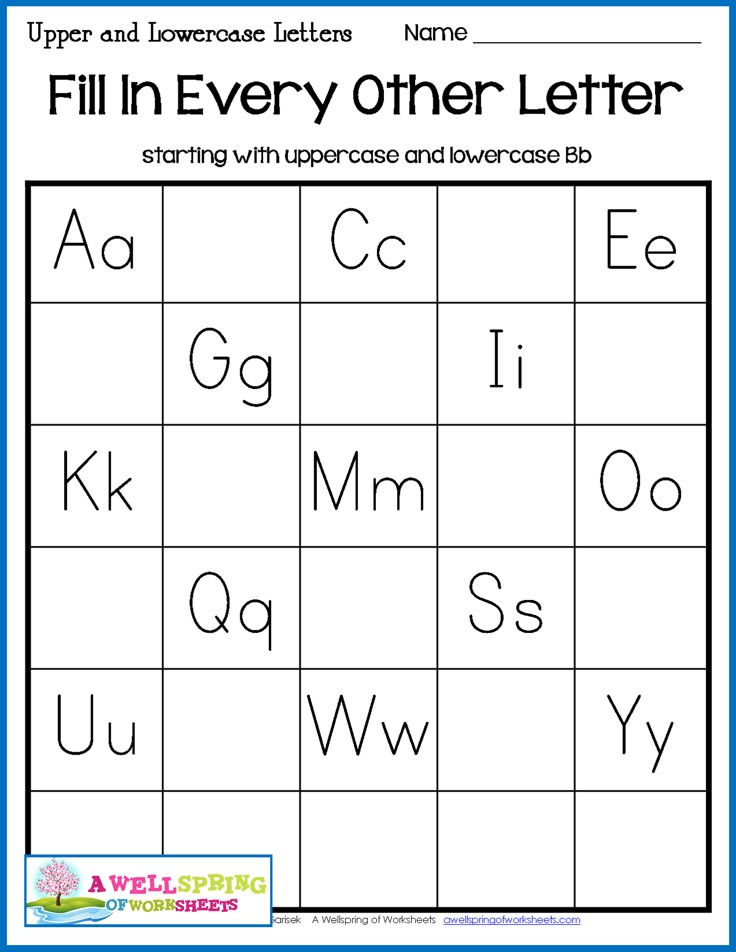 Parents should be told how fruit trees differ from forest trees, what fruits can be seen on certain types of trees, and so on.
Parents should be told how fruit trees differ from forest trees, what fruits can be seen on certain types of trees, and so on.
17. "Professions"
Children need to complete the poems:
The pilot lifts the blue sky... (airplane).
The roof is being painted before the children's eyes... (painters).
Every day a newspaper is brought to our house by... (postman).
I have been treating dolls since morning, today I… (nurse).
The facilitator should be told about each profession, you can ask the child what he knows about it.
Math games
Useful mathematical games will strengthen the knowledge of oral and written counting among five-year-olds. Such fun will be an excellent preparation for school.
18. "Missing number"
Requisite : cards with numbers from 0 to 9.
The leader lines up the numbers in a row, first hiding one or several. The task of the child is simple - to find out which numbers are missing in the digital series. You can lay out all the numbers correctly, then ask the child to turn away and remove one card or swap several cards.
The task of the child is simple - to find out which numbers are missing in the digital series. You can lay out all the numbers correctly, then ask the child to turn away and remove one card or swap several cards.
19. "Big construction site"
Props : 2-3 toy trucks, bricks, "Lego" and other "building materials".
Invite your child to play builders. The truck needs to take 12 cubes to the construction site. All of them will not fit into one car, the child needs to find a solution to the problem (use two cars, each of which will have six cubes; also ask the preschooler the question: “And if you take three cars, how many cubes will each of them have?”) .
In addition, you can perform various "building" tasks with the help of "Lego". For example, build a tower with seven blue blocks and three red blocks, then add three green blocks and subtract one blue block, etc.
New Year games
New Year is the favorite holiday of all children.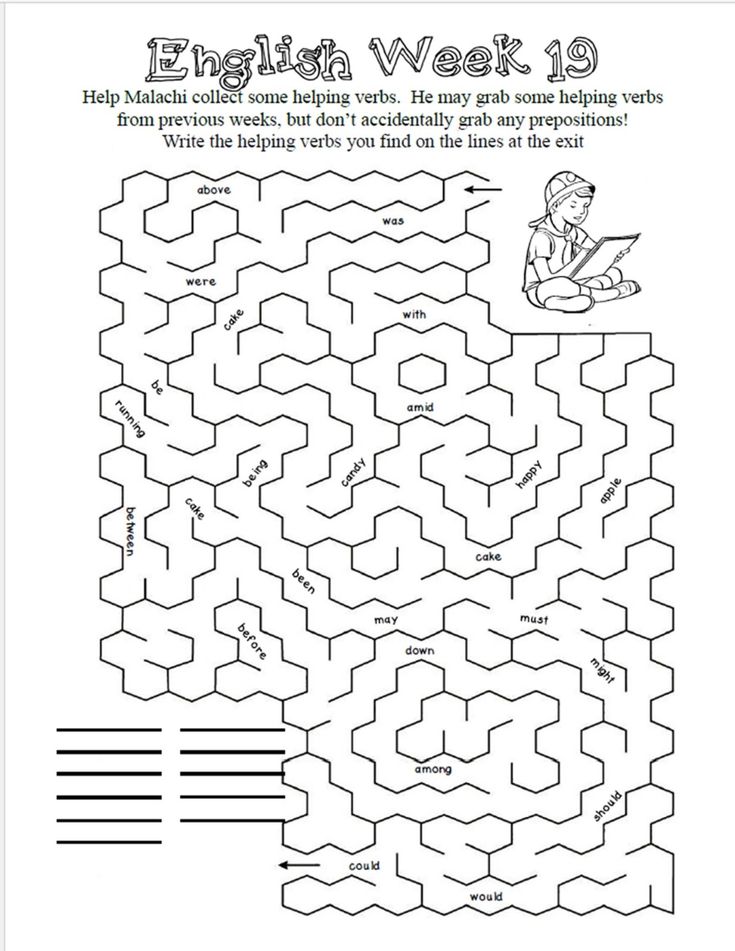 Every year, kids look forward to decorating a beautiful Christmas tree, hanging an advent calendar on the wall and counting down the days until Santa Claus arrives. But it is the parents, and not the fabulous red-nosed Grandfather, who give children a magical holiday. To make the New Year fun and memorable, you should carefully choose options for entertainment. It is recommended to alternate active fun and games at the table, dance competitions and quizzes.
Every year, kids look forward to decorating a beautiful Christmas tree, hanging an advent calendar on the wall and counting down the days until Santa Claus arrives. But it is the parents, and not the fabulous red-nosed Grandfather, who give children a magical holiday. To make the New Year fun and memorable, you should carefully choose options for entertainment. It is recommended to alternate active fun and games at the table, dance competitions and quizzes.
- Children's Christmas games: how to have fun on the most magical night of the year
20. "Dress up the Christmas tree"
Props : bag, party paraphernalia, clothing elements, funny accessories.
For this game, you can divide into two teams, then there will be two "Christmas trees" that you need to dress up. One participant from each team is designated as a “Christmas tree”, all other players take turns blindly taking one item out of the bag and dress up their “New Year's beauty”.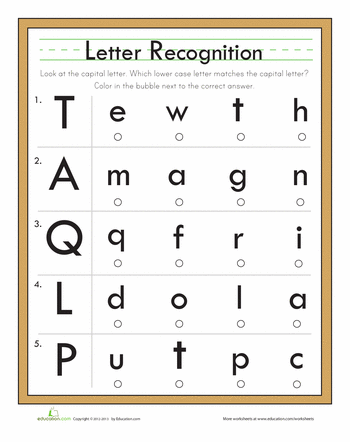
21. “Bring a snowball”
Props : cotton snowballs, spoons.
Guests are divided into two teams and lined up. Each first participant takes a spoon in his teeth, on which he puts a “snowball”. The player's task is to run to the Christmas tree and back as quickly as possible, without dropping his burden, and pass the baton to the next participant.
Speech therapy games
“No detectives. No giggles, but short and clear: fifks! - a phrase from the work of V. Dragunsky "Deniskin's story", which became an aphoristic joke. But in every joke, as you know, there is a fair amount of truth. Indeed, many preschool children have difficulty pronouncing certain letters, and in fact, beautiful clear speech is of great importance in adulthood. Parents can help their child practice pronunciation, but turn speech therapy exercises into an exciting pastime.
22. “Guess what sounds”
Phonemic games help preschoolers to distinguish sounds by ear and, as a result, pronounce them more correctly.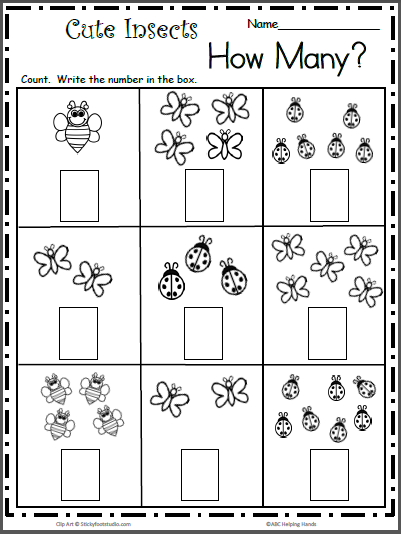 In addition, correct phonetic perception affects the level of understanding of what was said.
In addition, correct phonetic perception affects the level of understanding of what was said.
The simplest version of the phonemic game is to choose a few objects that make sounds (squeaker toy, tambourine, pot lids, etc.). The child closes his eyes, and the parent uses one of these items, after which the kid must guess it.
23. “Feed the kids”
Props : images of the faces of a boy and a girl with slits in place of the mouth, cards with images of products and other items.
Word games, as a rule, are aimed specifically at the development and correction of speech. The game "Feed the kids" also develops thinking. There are several options:
- The host calls the letter, and the child must “feed” the drawn boy and girl with food that begins with it (for example, the letter “P”, products: fish, rice, radish).
- The host says: "Feed Masha with bakery products, and Misha with meat products." The child chooses products and at the same time says: "Masha ate a sandwich, and Misha ate a barbecue.
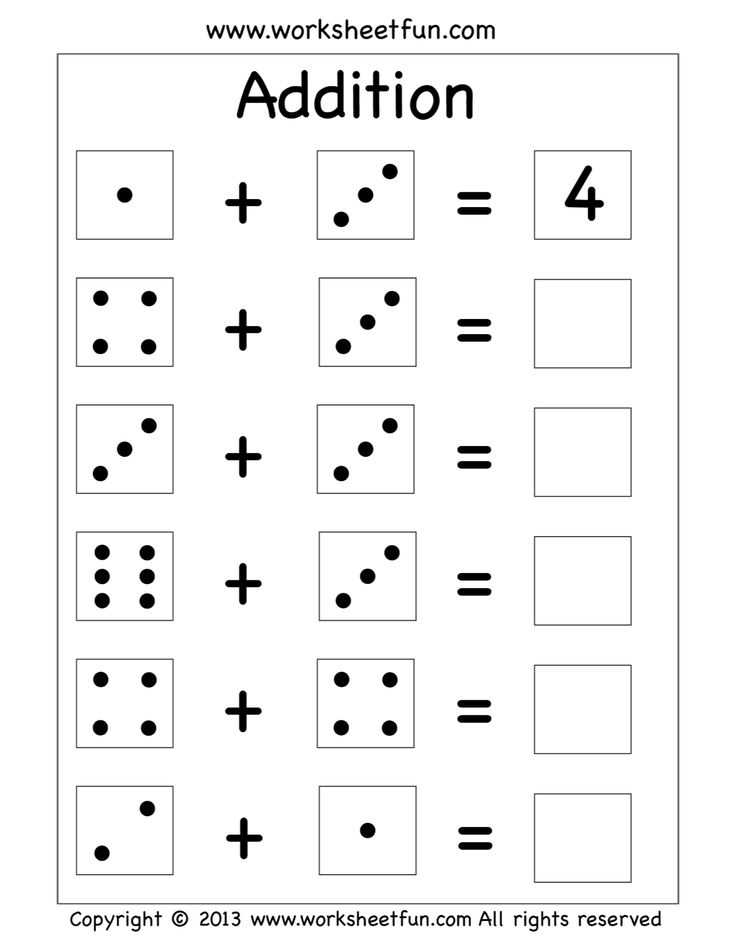 "
"
The facilitator can also name the products (you can come up with a small poem from the names of the dishes), and the child must determine by ear which of the named products are among the cards given to him.
24. Capricious doll
The game is aimed at developing speech, gives children an understanding of what antonyms and synonyms are. The host invites the children to play with a capricious doll, which does everything the other way around, and even teases. The host says: “Doll, go to sleep, it’s already night outside the window!”, And the child answers for the doll: “No, it’s day outside the window!”; presenter: "Cover, otherwise it's cold", puppet: "No, it's hot now!"
Attention games
Games like Spot the Differences, tasks where you need to remember the location of cards, search for errors and inconsistencies are excellent for developing attention.
25. "Strange Beasts"
The leader reads the story, the children listen attentively.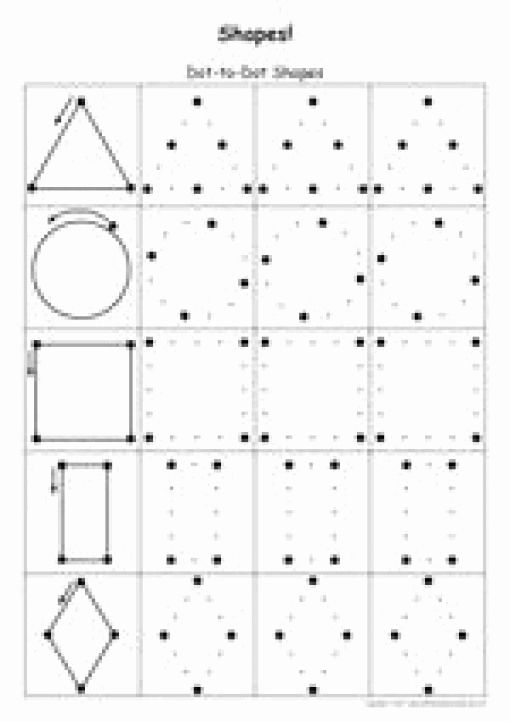 As soon as the child notices inaccuracies in the narration, he immediately claps his hands.
As soon as the child notices inaccuracies in the narration, he immediately claps his hands.
Example of a story:
Once in a hot winter, a hare with a long fluffy tail and short ears decided to build a hibernation den for himself. He began to dig a deep hole and frightened off a fox, which was just nesting in a tree. Suddenly, a blue wolf jumped out at the hare, but the hare was not at a loss and decided to swallow it, then he grunted in fright and disappeared into the forest thicket. Then the hare picked up spruce branches so that he could sleep softly on them in the den. And all around - beauty: flowers bloom, butterflies fly, berries ripen, in a word - winter!
26. "Repeat the route"
The child is blindfolded and guided along an easy route. The task of the participant is to repeat this path as accurately as possible. The facilitator can give verbal prompts: "Three steps forward, turn right, four steps forward, turn left, etc." In the future, the exercise is complicated by additional actions or obstacles.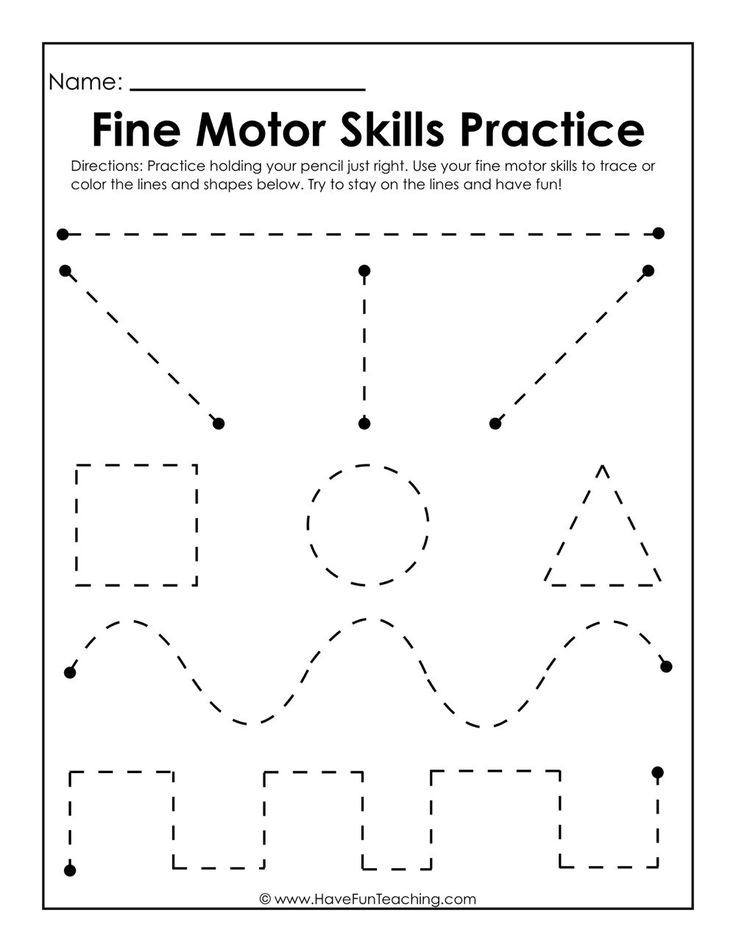 “Three steps forward, now step over the obstacle. One small step back, turn around and take two steps forward.” You can also give deceptive hints - for example, the leader says: "Turn right", although there were no turns on the route to be repeated. The child should not fall for this bait.
“Three steps forward, now step over the obstacle. One small step back, turn around and take two steps forward.” You can also give deceptive hints - for example, the leader says: "Turn right", although there were no turns on the route to be repeated. The child should not fall for this bait.
Role play
Story games are of great importance in the development of five-year-olds, because it is through the game that children learn to interact in society. “Mothers and Daughters” shows the traditional family model, the hospital game illustrates the relationship between the patient and the doctor, teaches the rules of behavior in the clinic, and the kindergarten game can tell parents a lot about what happens to the child in the kindergarten group.
What kind of theatrical games can be offered to a five-year-old? Lots of options!
27. "Bunny's Birthday"
Props : toys, dishes (toy or disposable).
Invite the child to imagine that the Bunny (or other toy) has a birthday today.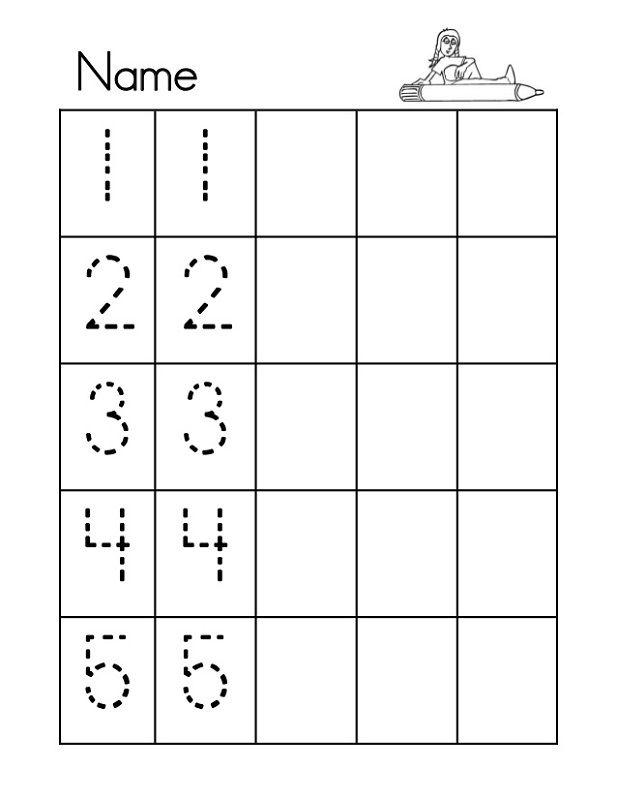 He invited his friends, and now Bunny needs to set a table for them. Guests also need to follow the rules of etiquette during the feast and prepare a gift and congratulations for Bunny.
He invited his friends, and now Bunny needs to set a table for them. Guests also need to follow the rules of etiquette during the feast and prepare a gift and congratulations for Bunny.
During this game, preschoolers will learn the rules of courtesy, learn how to behave at a party and set the table, as well as expand their vocabulary (“name day”, “serving”, “service”, “meal” and others).
28. "Flight into space"
Props : illustrations of our planet from space, other planets and celestial bodies.
Almost every preschooler would be happy with the idea of going on a space trip. But in order to become an astronaut, you need to undergo a medical examination, pass sports standards and learn many important points (what is gravity, how astronauts eat, etc.). During the "space flight" the parent or leader talks about the planets, celestial bodies, galaxies. It will be even more interesting if the astronauts meet with aliens - invite the child to establish contact with the inhabitants of Mars or Venus and tell them about the Earth.
Outdoor games for children 5 years old
Every parent needs to know not only what to play at home with a 5-year-old child, but also how to entertain their child on the street. It is not enough just to bring the kids to the playground and leave them to themselves, you need to offer them examples of children's games, tell the rules and maybe even take part in children's fun.
Some children's games at the age of 5 are considered timeless classics and never go out of style. You can offer children entertainment from your childhood: "Classics", "Rezinochka", "Bouncer", "Hide and Seek", "Cossacks-robbers" and others. And you can also learn something new, parents are advised not to limit themselves to options from the past, but to regularly look for original ideas for games with a child of 5 years old.
- Children's outdoor play: 17 replacements for shooters, fighting games and arcades
29. “Flight of the owl”
Parent/facilitator – “owl”, child/children – “mice”.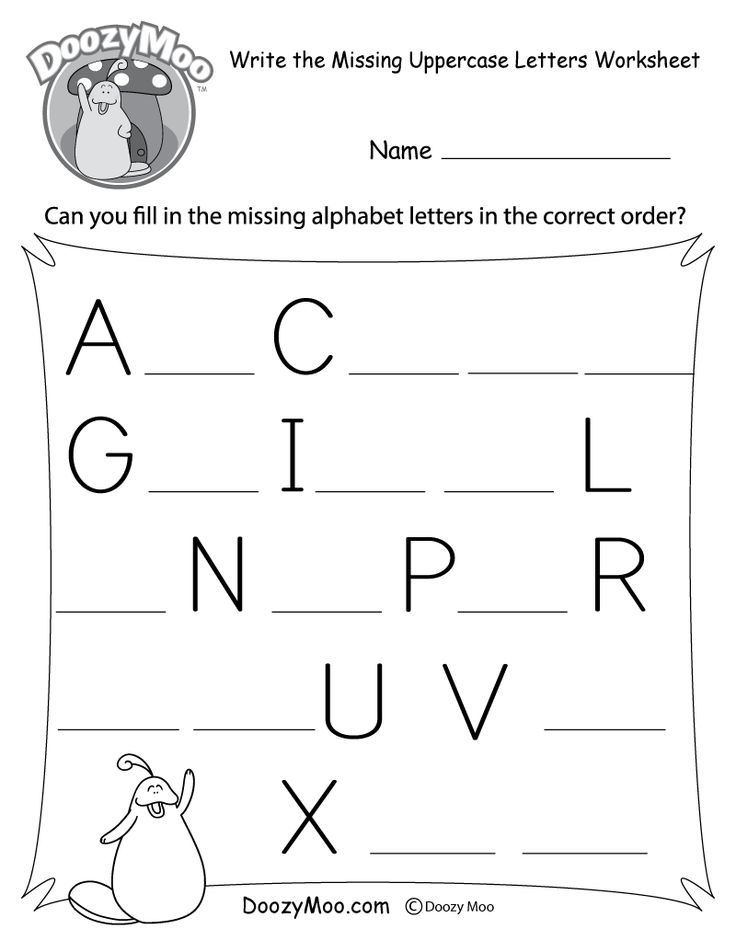 When the host says "Day", the mice run and frolic, but as soon as the command "Night" sounds, everyone should freeze in random poses. At night, an owl comes out to hunt, the task of mice is not to move or make any sounds. To make the game more interesting, the owl may try to make the frozen mice laugh.
When the host says "Day", the mice run and frolic, but as soon as the command "Night" sounds, everyone should freeze in random poses. At night, an owl comes out to hunt, the task of mice is not to move or make any sounds. To make the game more interesting, the owl may try to make the frozen mice laugh.
30. "Museum of wildlife"
Props : cards with the inscriptions "Grass", "Earth", "Tree", etc.
Invite the child to create a museum of wildlife and prepare interesting exhibits for this. The search for exhibits will be an exciting activity, during which the parent will tell the child a lot of interesting things about the world around them. When the exhibits are found, they need to be placed in the museum and put next to the corresponding card - this task is especially useful for five-year-olds, because usually at this age children learn to read.
Tips for parents: words should be written in large block letters.
You can also write them in certain colors: "Grass" - green, "Cone" - brown, "Sand" - yellow, etc.
It is difficult to think of a more natural activity for a child than play. It is through the game that the child develops, learns the world around him and learns to interact with it, reveals his creative abilities. In addition, joint games with a 5-year-old child help create a warm, friendly atmosphere in the family.
Time spent playing with a child is a huge contribution to a child's development. If you want to be a friend to your child and gain his boundless trust, then do not underestimate the value of joint games. For more ideas, check out KidPassage's article Playing with Kids at Home: 42 Fun Ideas. Have an interesting and exciting pastime!
with words and pictures. Board games on paper
It often happens that the children and I find ourselves somewhere in a boring place, and, unfortunately, there is nothing to do: there is no book, no ball, no toys.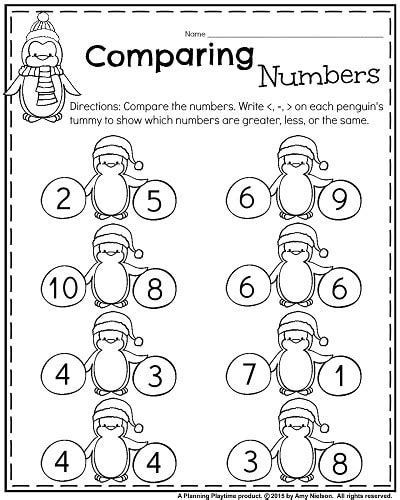 But there is a notebook and pencils or an ordinary ballpoint pen. Or maybe this is enough for games?
But there is a notebook and pencils or an ordinary ballpoint pen. Or maybe this is enough for games?
So what can you think of with a piece of paper?
You can fold paper airplanes and fly them - even while waiting in line at the clinic! And even in a train car! (Admit it, this is much better than calming down fights and whims and listening to incessant whining.)
You can also fold the boats and play with them. For example, arrange the boats on the table and blow on them. You can fold a sheet of paper like an accordion and make a fan - many children like to neatly fold the paper and color their homemade fans.
You can also fold the paper several times and cut out an openwork snowflake. Thick paper makes excellent funnels for pouring sand or cereals, and if you roll up a sheet and glue a pipe out of it, you can make a spyglass and even binoculars for playing.
What else can you play on a piece of paper?
Half. Each player thinks of a picture, but draws not all of it, but only half.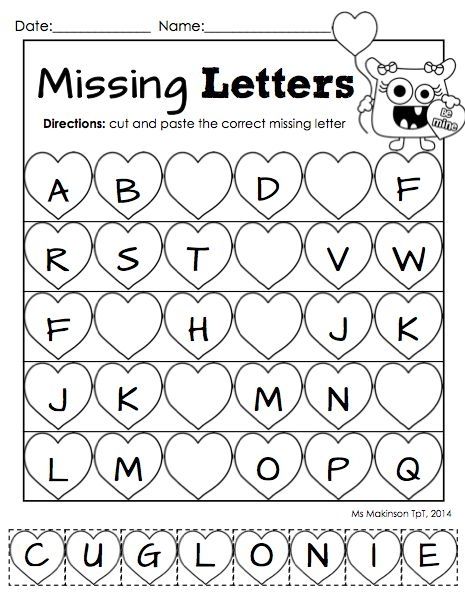 Then the players exchange sheets and finish drawing. Sometimes very funny pictures are obtained, for example, one wanted to draw glasses, and there were two circles on his sheet, and cherries or car wheels were created from them.
Then the players exchange sheets and finish drawing. Sometimes very funny pictures are obtained, for example, one wanted to draw glasses, and there were two circles on his sheet, and cherries or car wheels were created from them.
Drawings. Everyone draws some kind of squiggle on the sheet, then everyone changes leaves and draws the picture in a different color so that something meaningful is obtained.
Treasure search on the map of the apartment. For this game you will need to draw a plan or a map of your apartment or yard. After that, you can start the game itself. Let's mark on the map the place where the treasure is hidden, and the place where we are standing, and we can start searching! Kids love these kinds of games!
Treasure hunt based on a series of notes. And for those who are just learning to read, you can arrange a treasure hunt - for example, beautifully wrapped nuts or raisins - using notes. The notes can be written: "on the table", "in the kitchen on a stool", "in mom's shoe", "in the doll's stroller".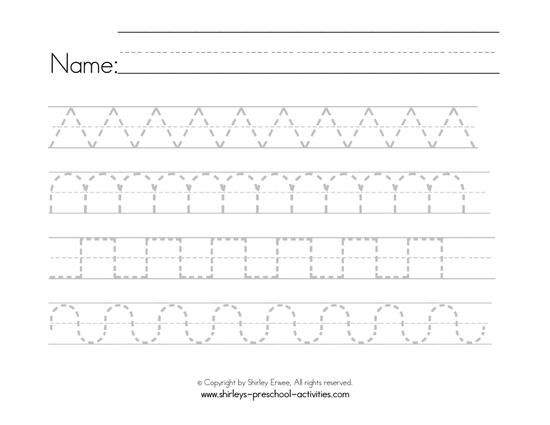
Frame. Tell your child that earlier people did not write down all the letters of a word, but only consonants, and there are still languages in which consonants are written, and vowels are sometimes written from above, and sometimes they are completely omitted. Try to think of how many ways you could read the word BR if only consonants were also written in Russian. (Bor, drill, bar, dress, storm, sconce, Borya, bureau.) And then try to take any other frame - and come up with different words in turn, where these consonants occur in exactly this sequence.
You can add letters to the frame in front, back, in the middle.
For example, frame - SL:
- Elephant
- SALT
- Village
- Salo
- Word
- Dictionary
- CONDITION
- VILLAGE
- AMBASSADOR
- Salyut
- Traces
- Force
The frame can also consist of vowels, for example LLC:
- MILK
- HAMMER
- GOLD
- TIN
- KINGDOM
- Ham
- POWDER
- TOWN
- ROOMISLO
- ROCK
- CAUTION
Typesetter.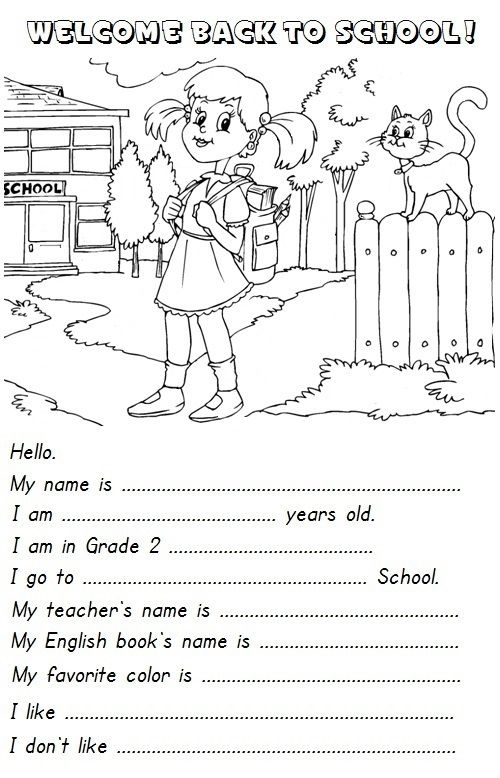 This game can be played with the whole family, with friends, in class. We choose a long word, write it on top of each piece of paper, and then from the letters of this word we make short words. It is more convenient to write words in columns - from 4 letters, from 5 letters, from 6 letters, from 7 or more. As a rule, they play for time - 10 or 15 minutes. After the game, everyone reads out their list of the resulting words.
This game can be played with the whole family, with friends, in class. We choose a long word, write it on top of each piece of paper, and then from the letters of this word we make short words. It is more convenient to write words in columns - from 4 letters, from 5 letters, from 6 letters, from 7 or more. As a rule, they play for time - 10 or 15 minutes. After the game, everyone reads out their list of the resulting words.
There are several options for scoring. You can cross out all the words that met more than one. Or you can count more cunningly: if all the players wrote the word on their lists, then the whole word is crossed out, if the word was found among all but one, then the index is 1, if all but two have the index 2, and then the number is multiplied letters to the index at the word - and get the sums. In this way, both those who come up with few rare words and those who write many frequent words are taken into account.
For example, take the word "Chamomile".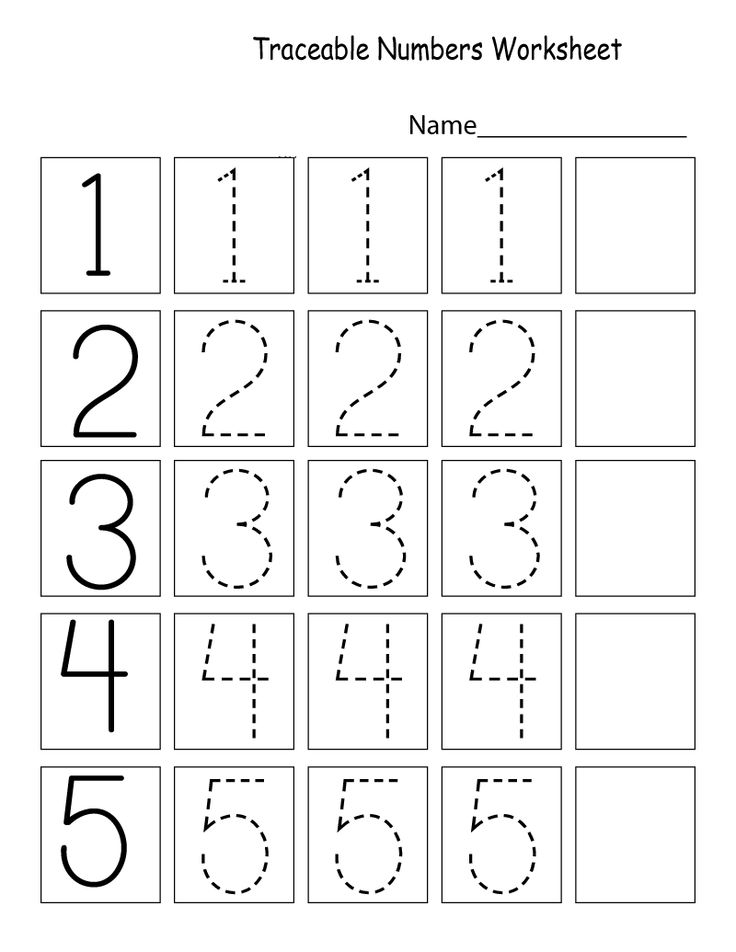
We will write out, as in other word games, only nouns in the nominative case, in the singular, and we will agree that we do not take words of 2-3 letters (in the example, of course, far from all words are written out - this is rather just a sample convenient recording of the game).
So, CHAMOMILE...
| 3 | 4 | 5 | 6-7 |
| KOM | archa | MOSHKA | NIGHTMARE |
| ROM | KORA | FEED | MOSHKARA |
| MOP | KOM | KOMAR | |
| ROCK | porridge | Frame | |
| SHOCK | MRaK | Mark | |
| Mac | SRAM | KOSHMA | |
| Cancer | Charm | ||
| acr | MARSH | ||
| ORC | OMAR | ||
| Ball | Cancer | ||
| MASH | KROSH | ||
| frame | |||
| Kara | |||
| FEED |
Tic-tac-toe. A classic game, which, however, is no longer known to everyone. The simplest tic-tac-toe is on a three by three square field. But a more complicated option is on a large sheet in a box, where you need to put 5 crosses or 5 zeros in a row, vertically, horizontally or diagonally. If the enemy put three crosses in a row, then it's time to "close" this row with your zero from any side.
A classic game, which, however, is no longer known to everyone. The simplest tic-tac-toe is on a three by three square field. But a more complicated option is on a large sheet in a box, where you need to put 5 crosses or 5 zeros in a row, vertically, horizontally or diagonally. If the enemy put three crosses in a row, then it's time to "close" this row with your zero from any side.
Cities. This game is good even without paper, by ear: one says "Moscow", the second comes up with a city or country whose name begins with the last letter of the previous word. For example, Moscow - Ashgabat - Denmark - Japan - Jamaica ... Similarly, you can play just words, and not just cities. At the same time, it will be easier for children to remember the spelling of words - especially if you laugh at such curiosities to your heart's content:
- Listen carefully, what letter does the word "window" end with?
- On the letter "O"! Now I'll think of it. "Odmeral"!
— Borechka, Admiral!
- Well, then "kodemek"!
Sea battle.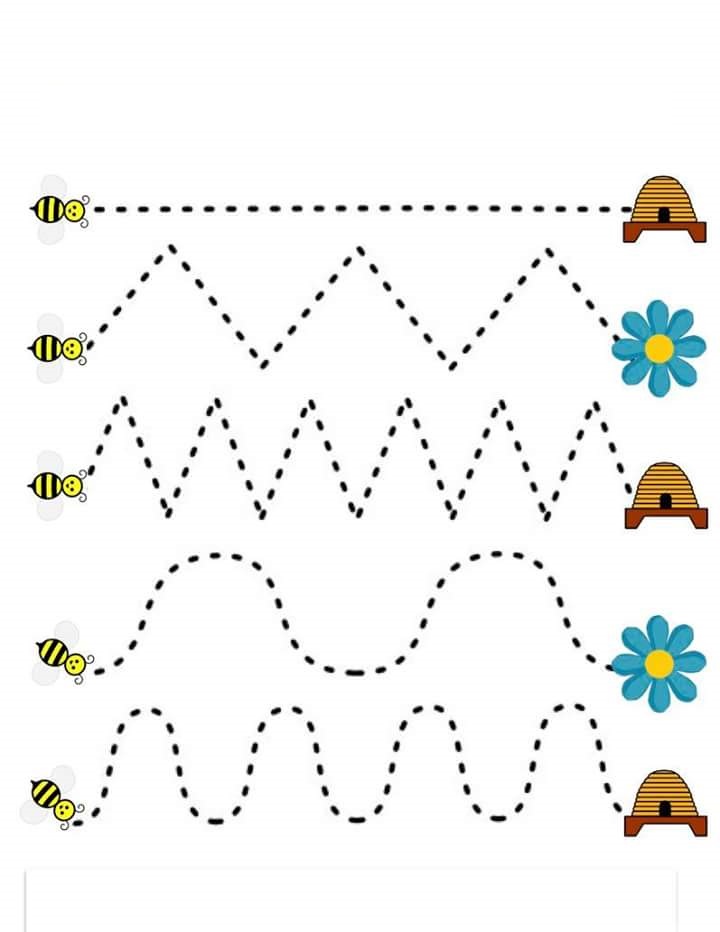 This game helps children understand vertical and horizontal coordinates, and also teaches them to think and reason logically. I think parents still remember the rules themselves! You can play on a piece of paper, or you can buy a box with plastic suitcases and boat chips - for many children it’s easier than writing everything neatly on a piece of paper.
This game helps children understand vertical and horizontal coordinates, and also teaches them to think and reason logically. I think parents still remember the rules themselves! You can play on a piece of paper, or you can buy a box with plastic suitcases and boat chips - for many children it’s easier than writing everything neatly on a piece of paper.
Encrypted letters and amazing stories. When children already know how to write and read, they like to decipher secret notes, where each letter has its own designation - for example, a number or a small picture.
And you can speak a secret language - for example, like Tofsla and Vifsla in the fairy tale about Moomintroll. I-sla went-sla to the store-zin-sla. Soon-sla will come-sla!
And you can add a "secret syllable" after each syllable, and not just at the end of the word: p-pa-ta-pa-shi-pa-li-pa mer-pa-twe-pa-tsa-pa!"
Guessed?
And now try to guess what kind of fairy tale it is: "Po De Re.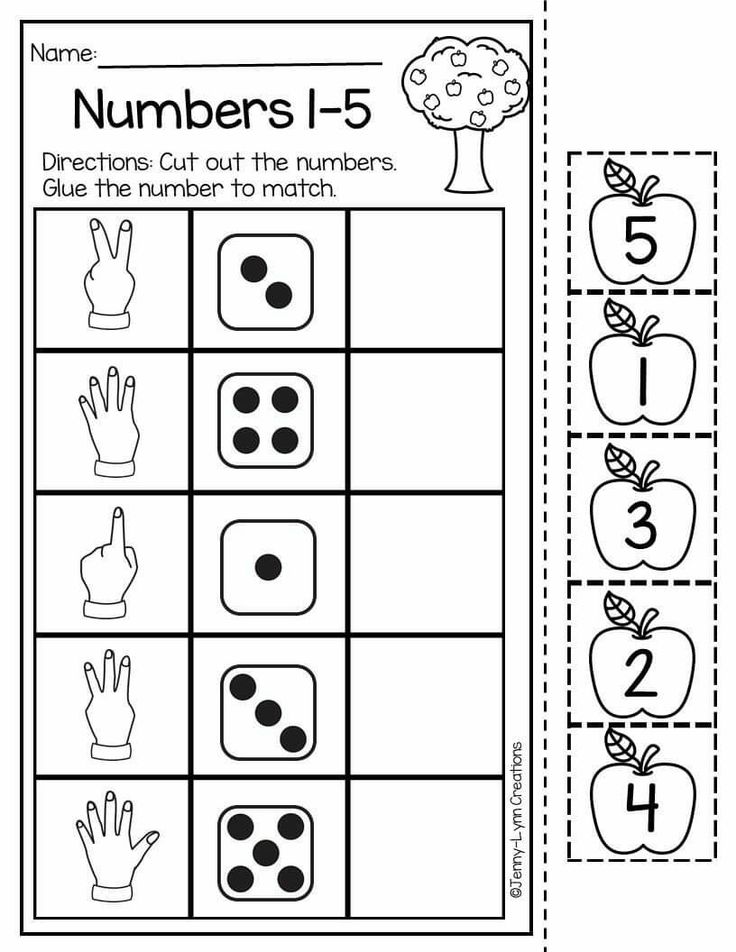 You re bo-prebo. Sta De re from ze ta. Tya-potya - you can't. Po De Ba. Ba za de, De za Re, cha-sweat - you can't!"
You re bo-prebo. Sta De re from ze ta. Tya-potya - you can't. Po De Ba. Ba za de, De za Re, cha-sweat - you can't!"
Can you tell the story about Ryaba the Hen in the same style?
Patchwork quilt. We draw on paper in a box a field for playing 4 by 5 cells (the side of each cell is 1 cm). In one move, each player must shade one cell with their own color. We must try to keep cells of the same color as far apart as possible. During the game, as many sticks are drawn under the playing field as the neighboring cells are shaded with this pencil. Cells that have a common side or are located obliquely from each other are considered neighboring cells. Whoever has fewer sticks at the end of the game wins.
Bridges. During the game, each of the players tries to build a bridge from one side of their bank to the other. Red has red shores and crosses as stones, Green has green shores and zeroes. The game can be started anywhere on the field.